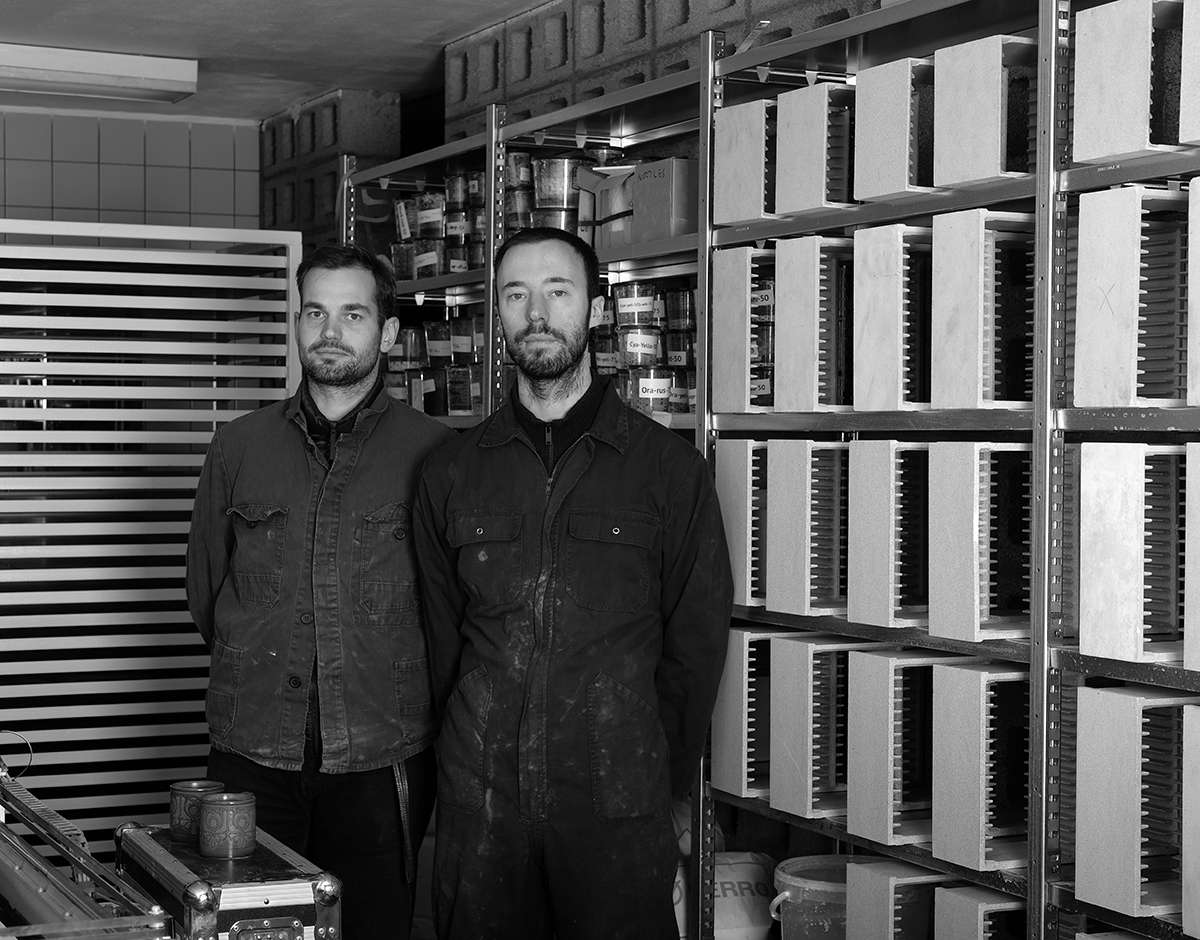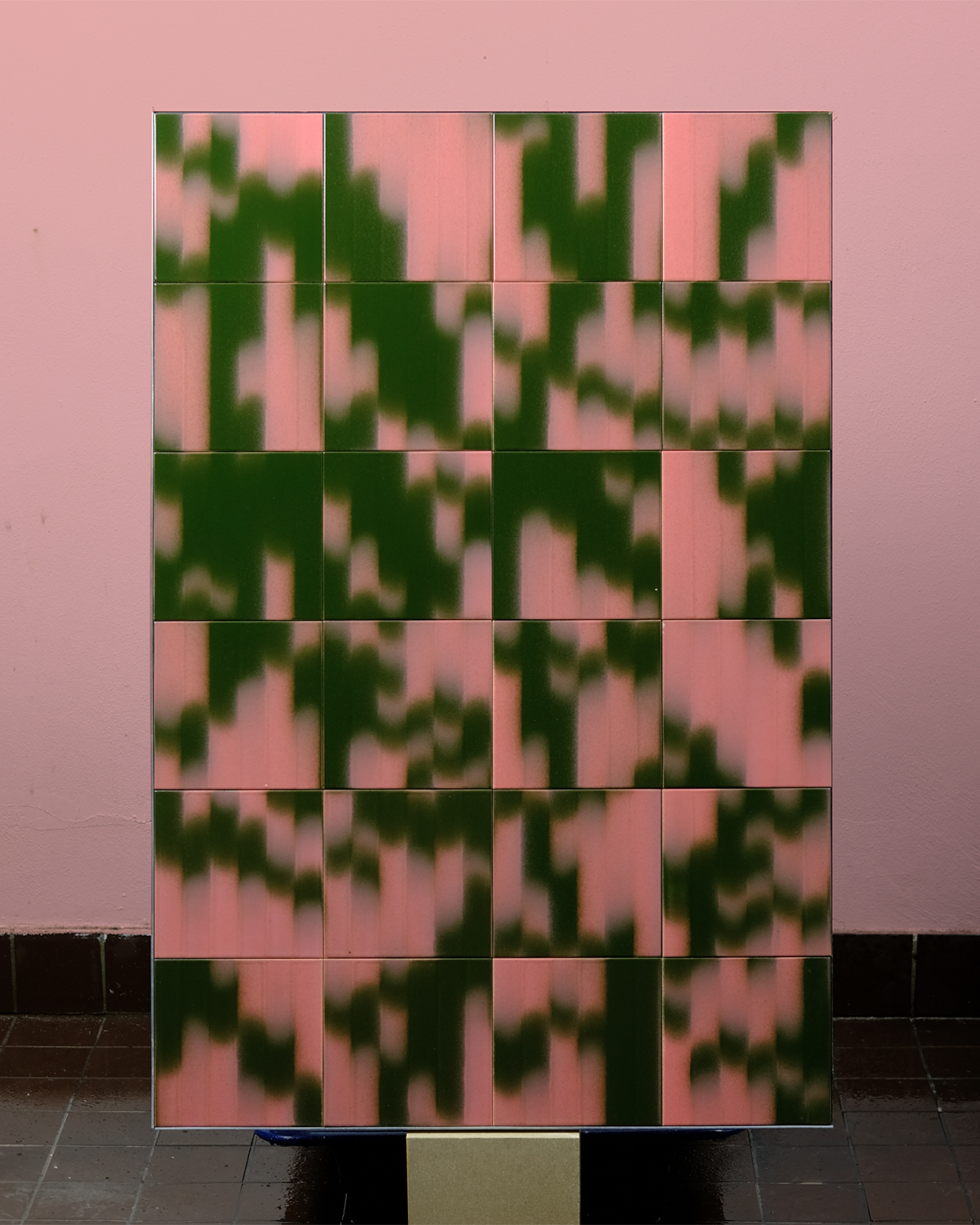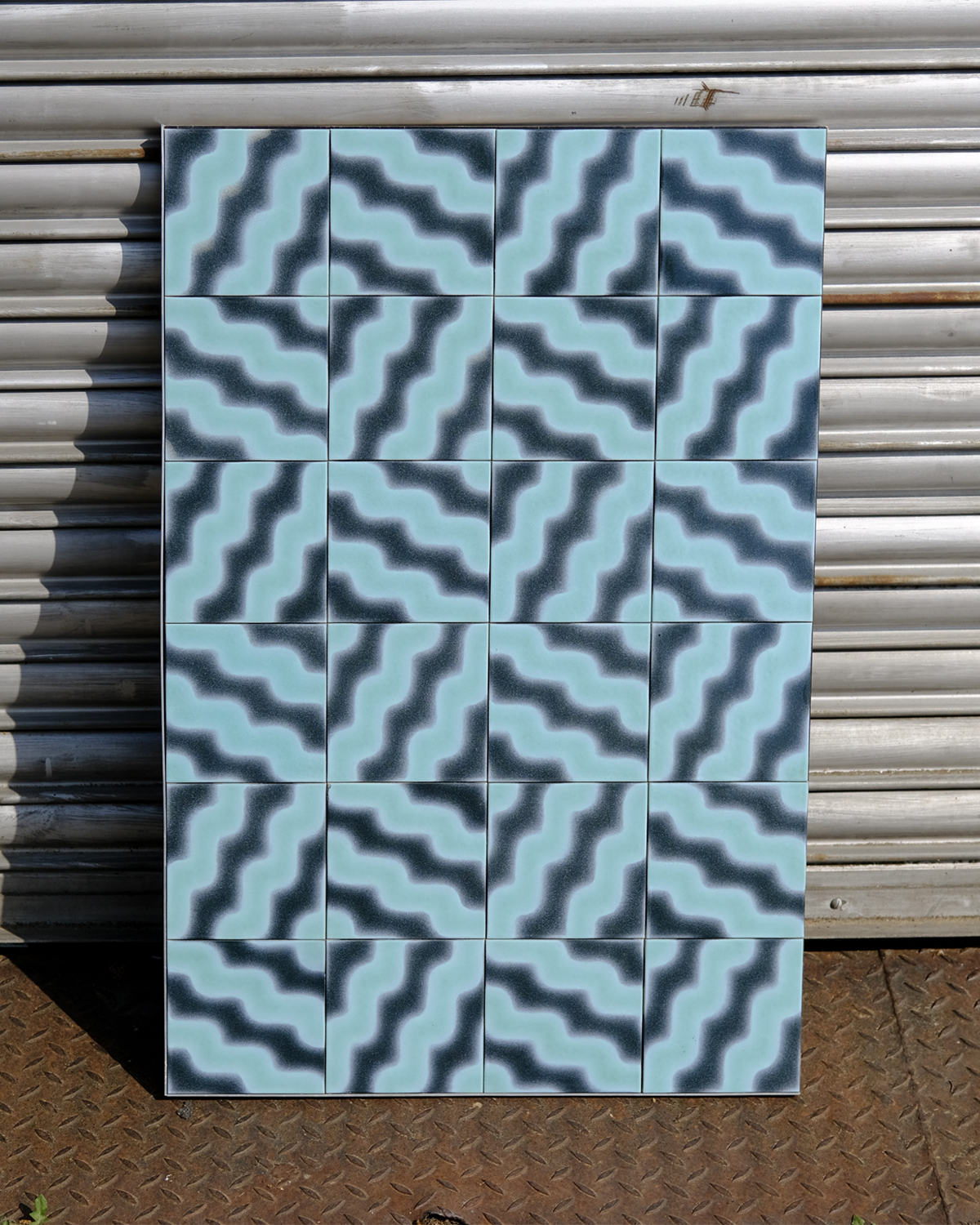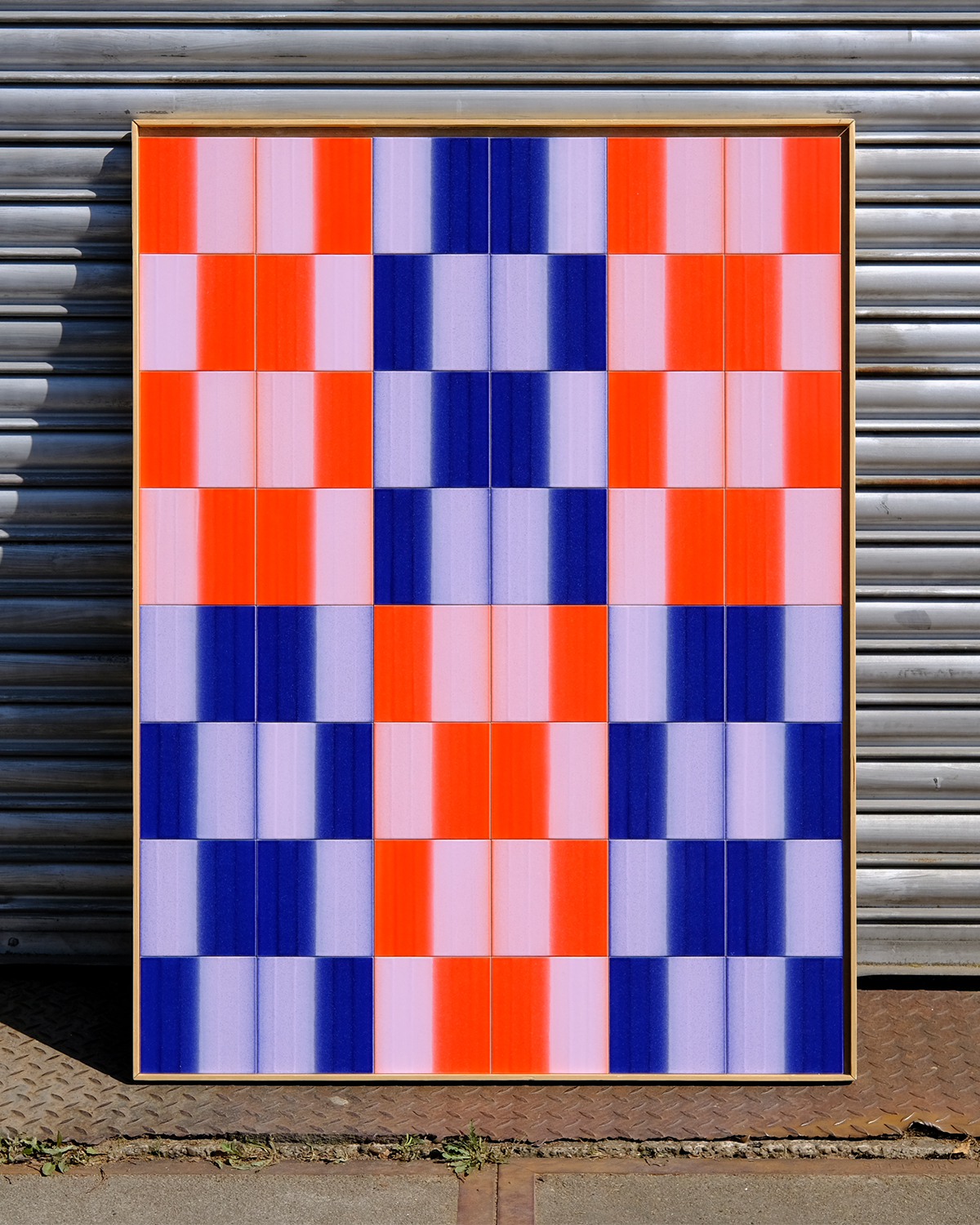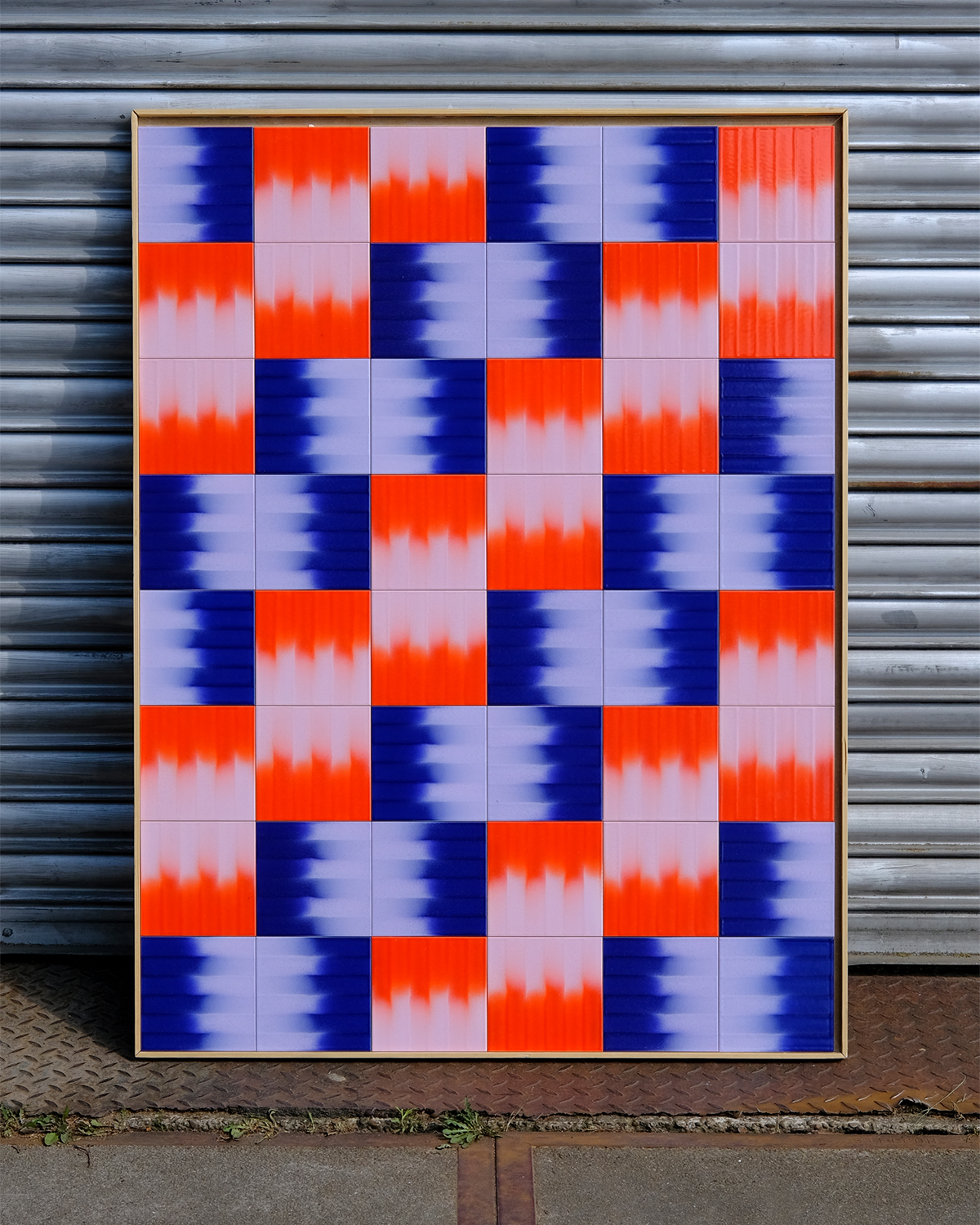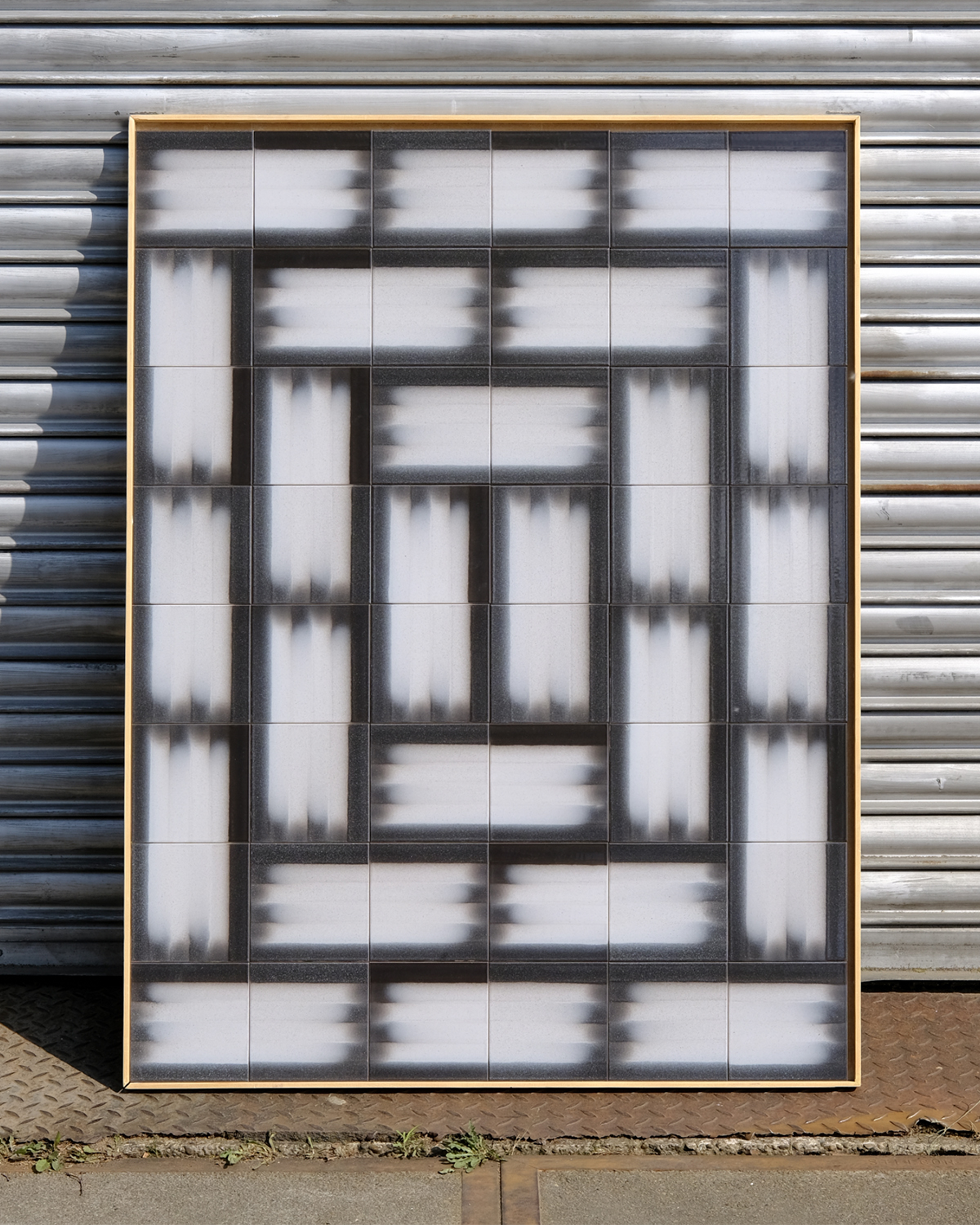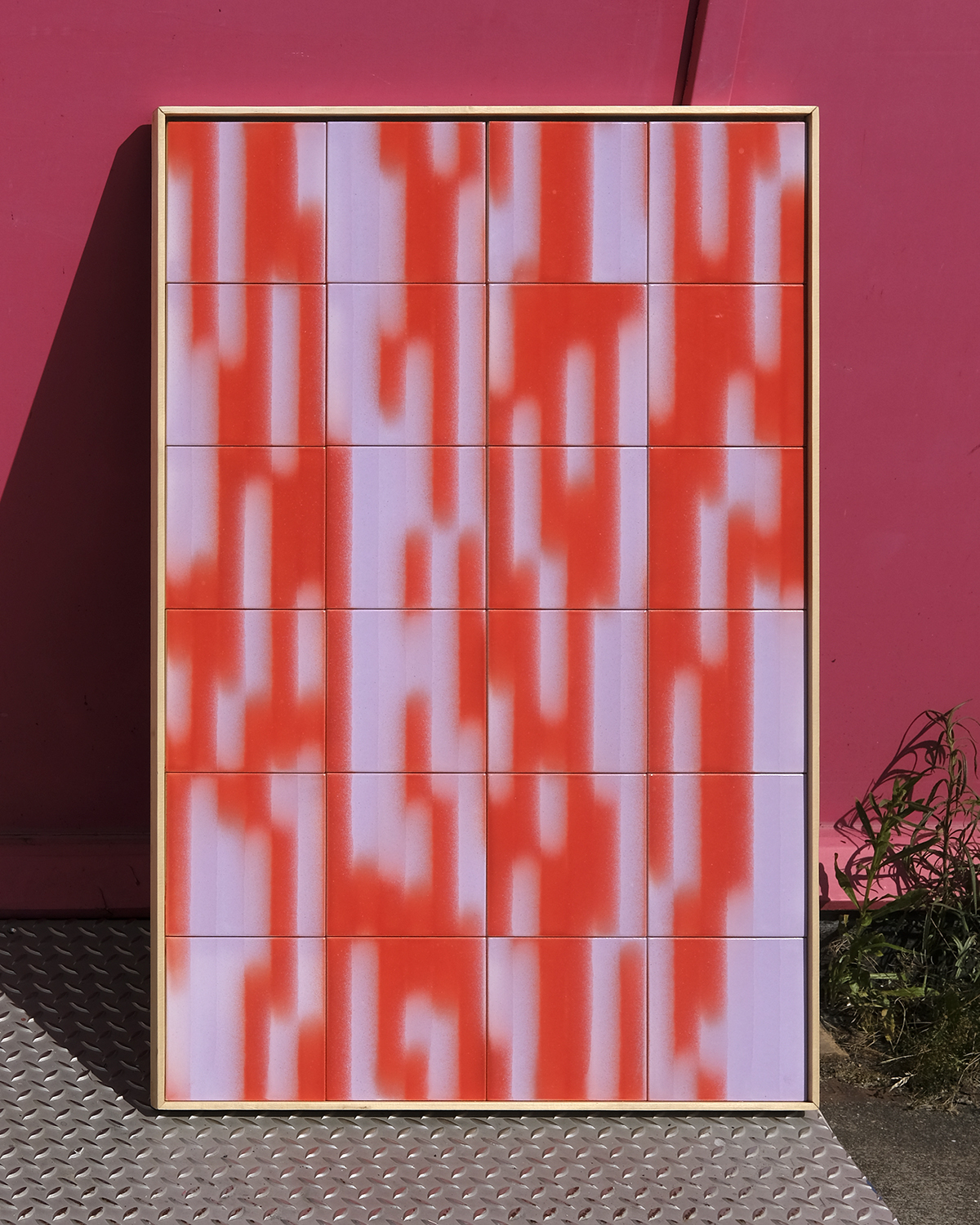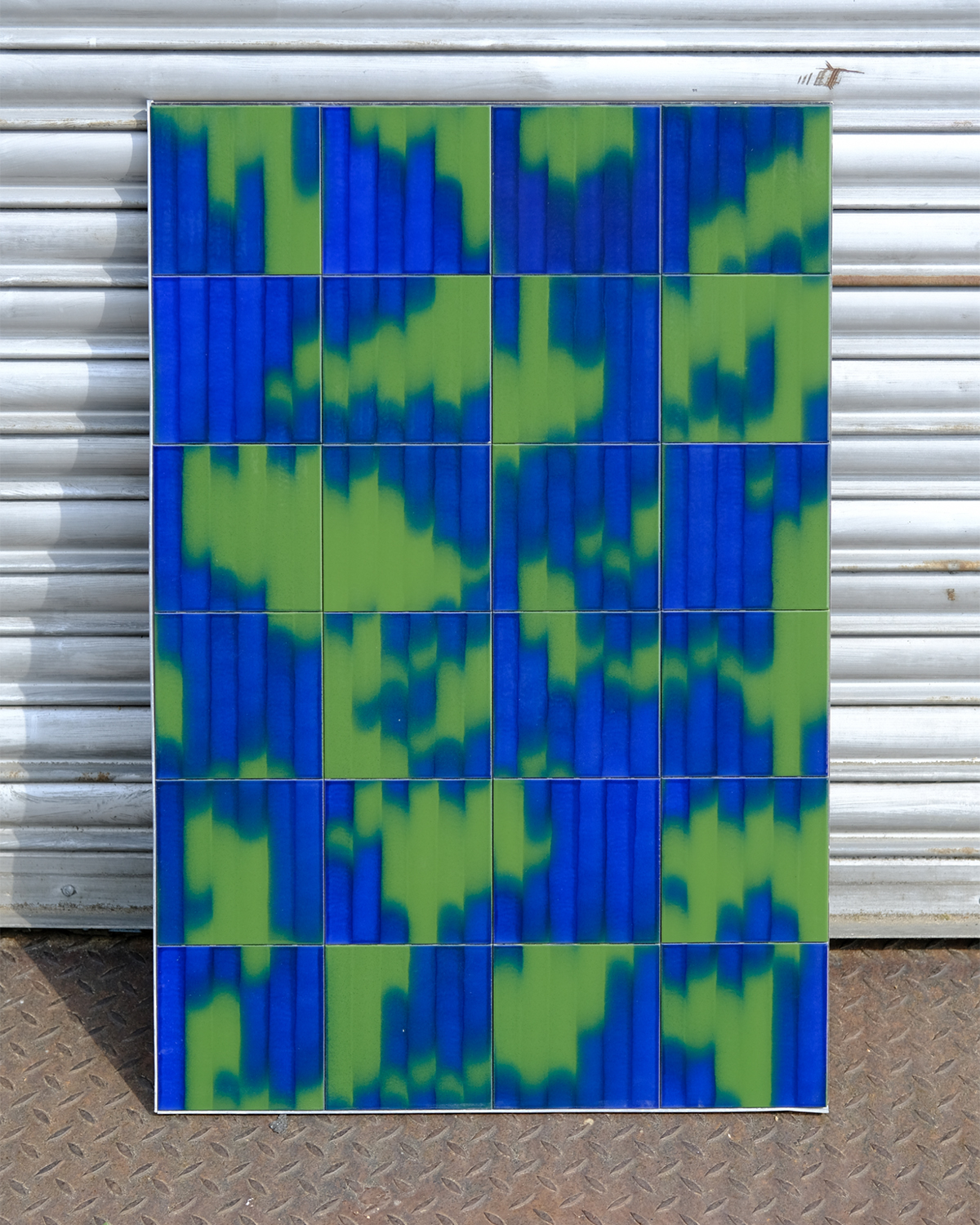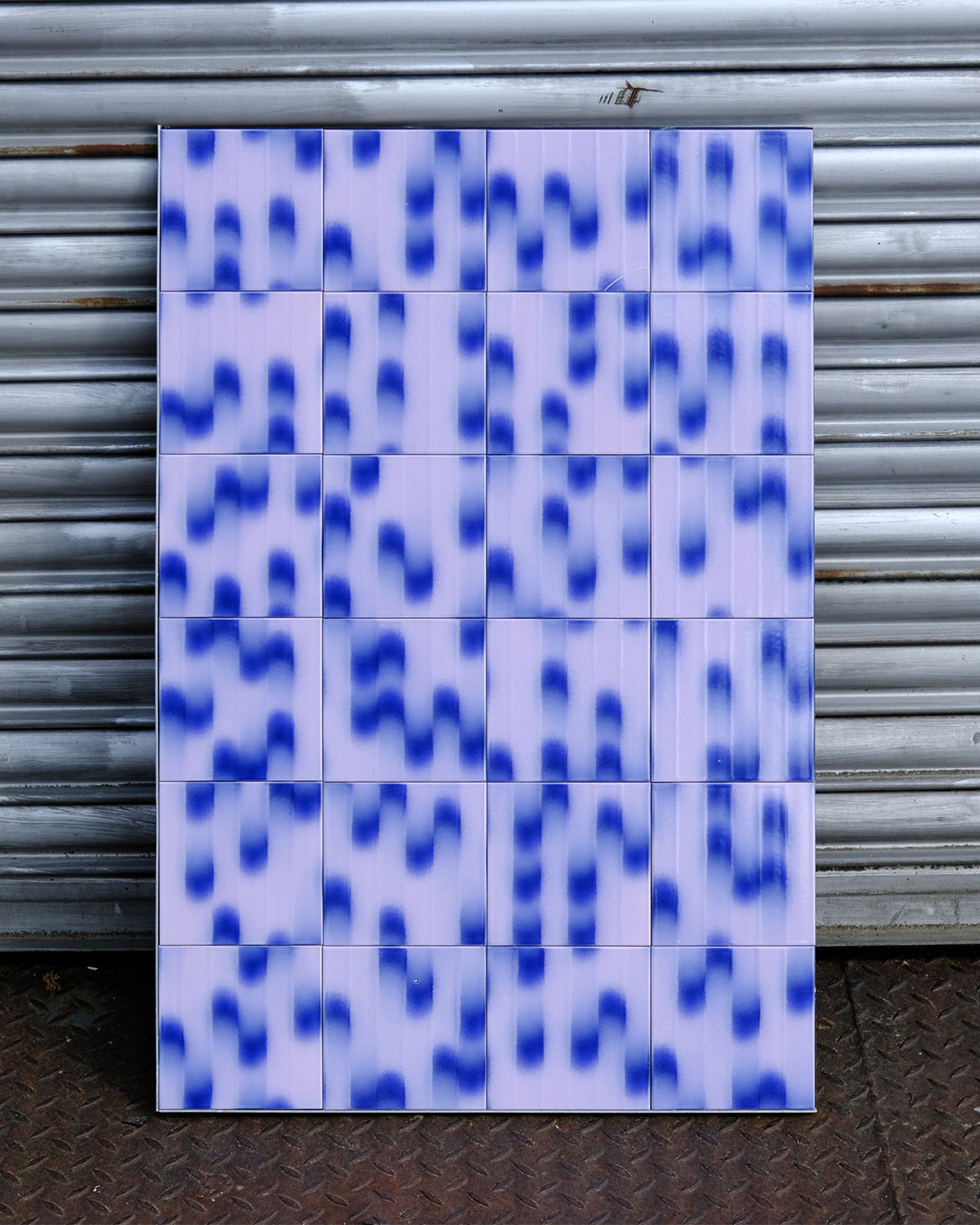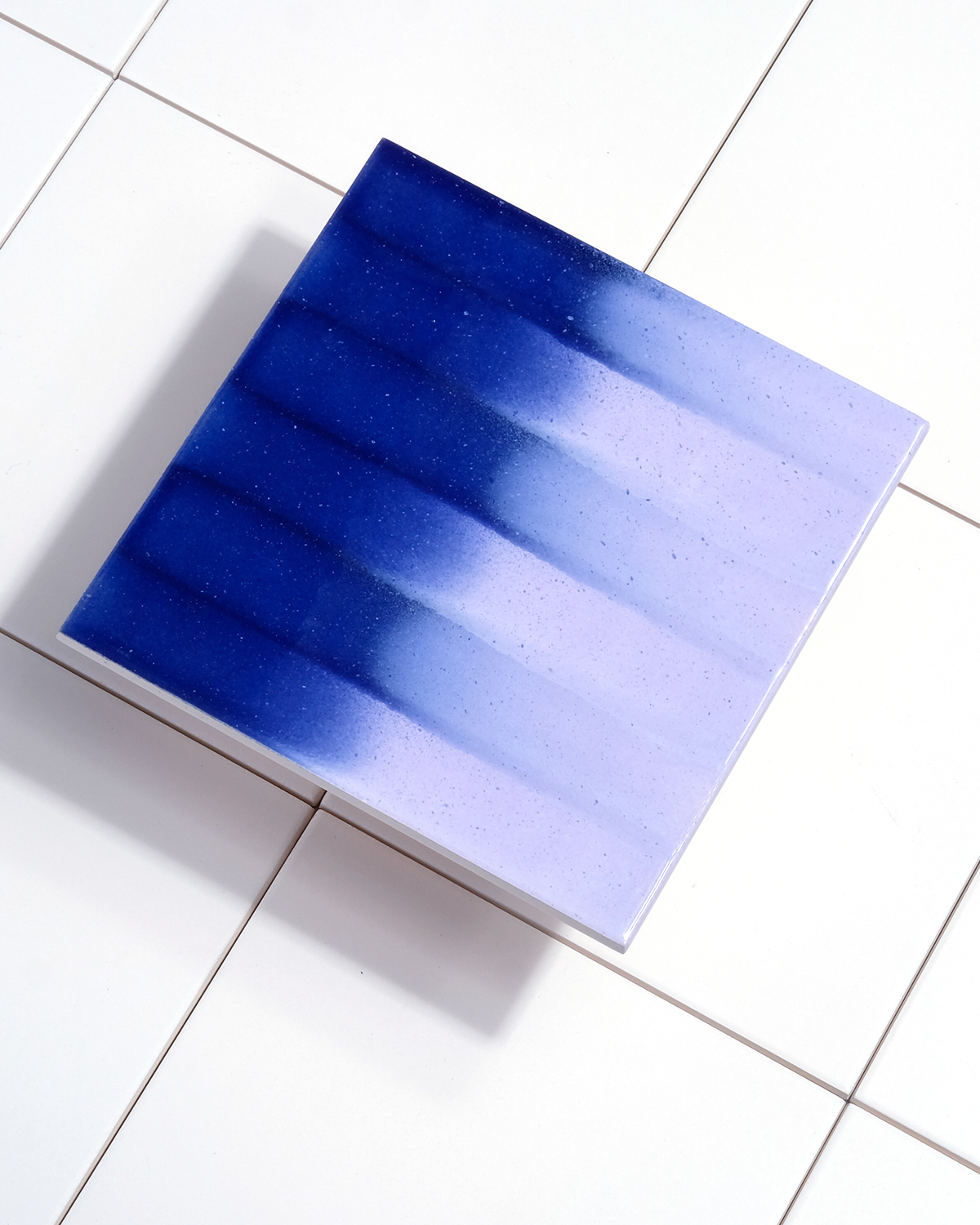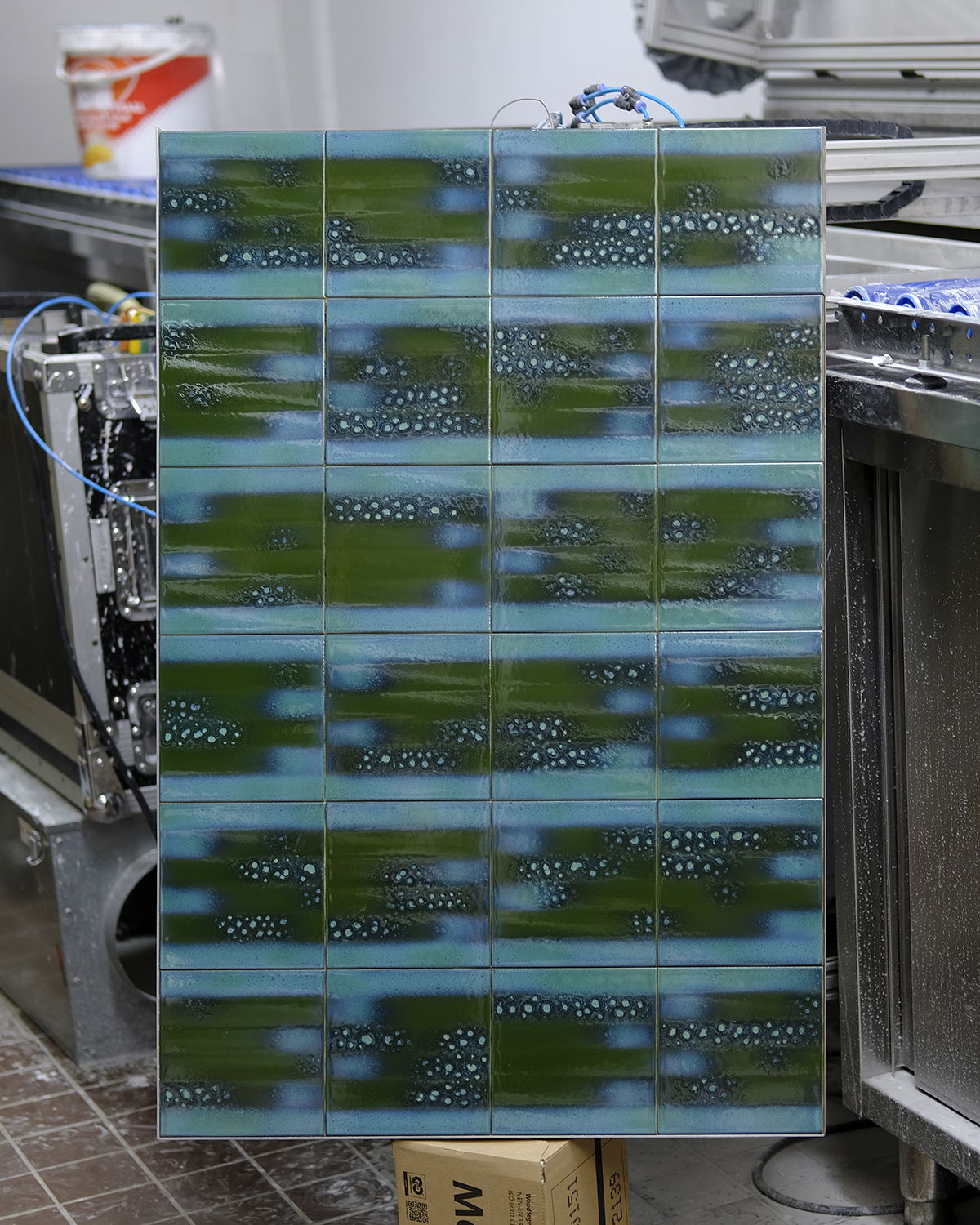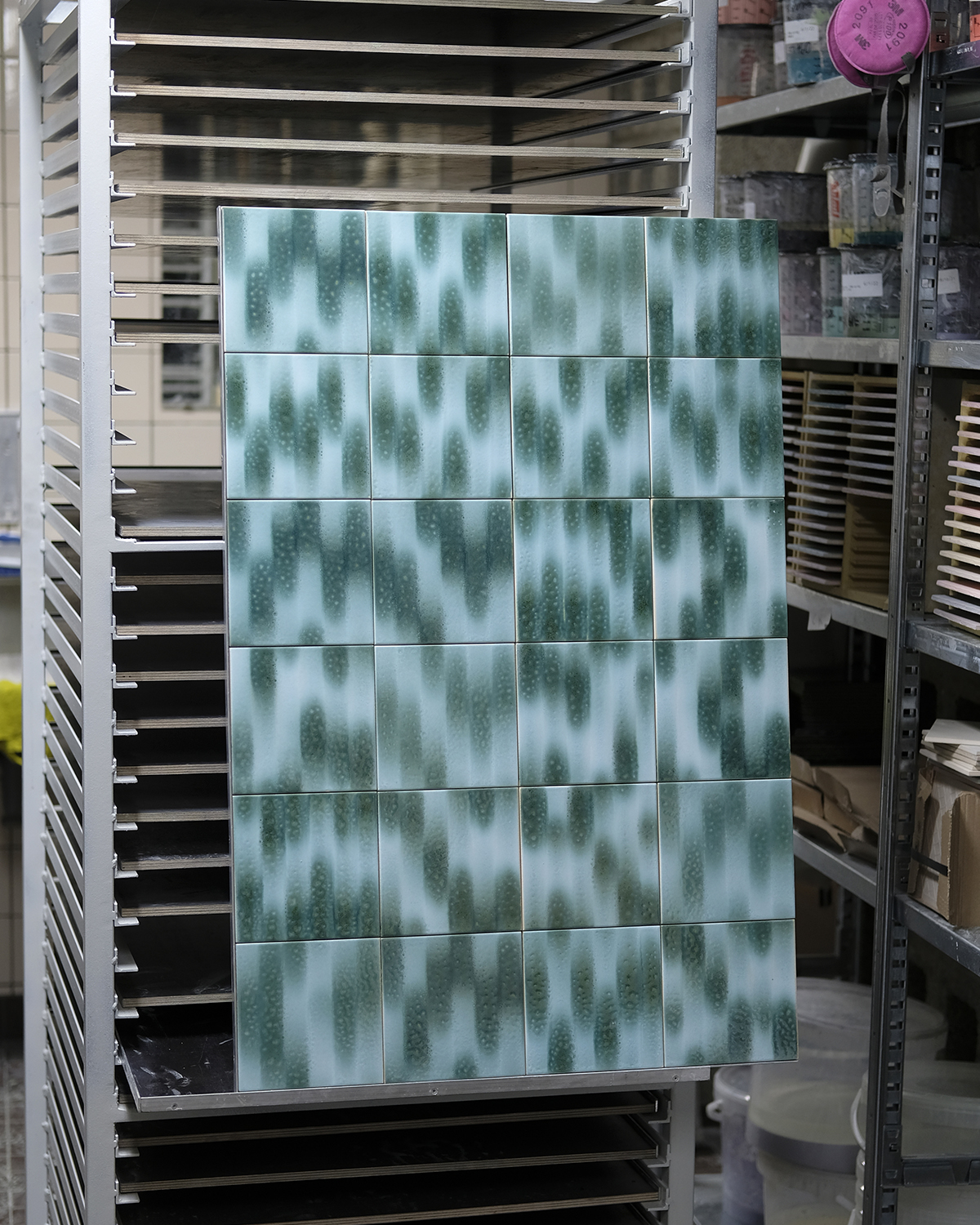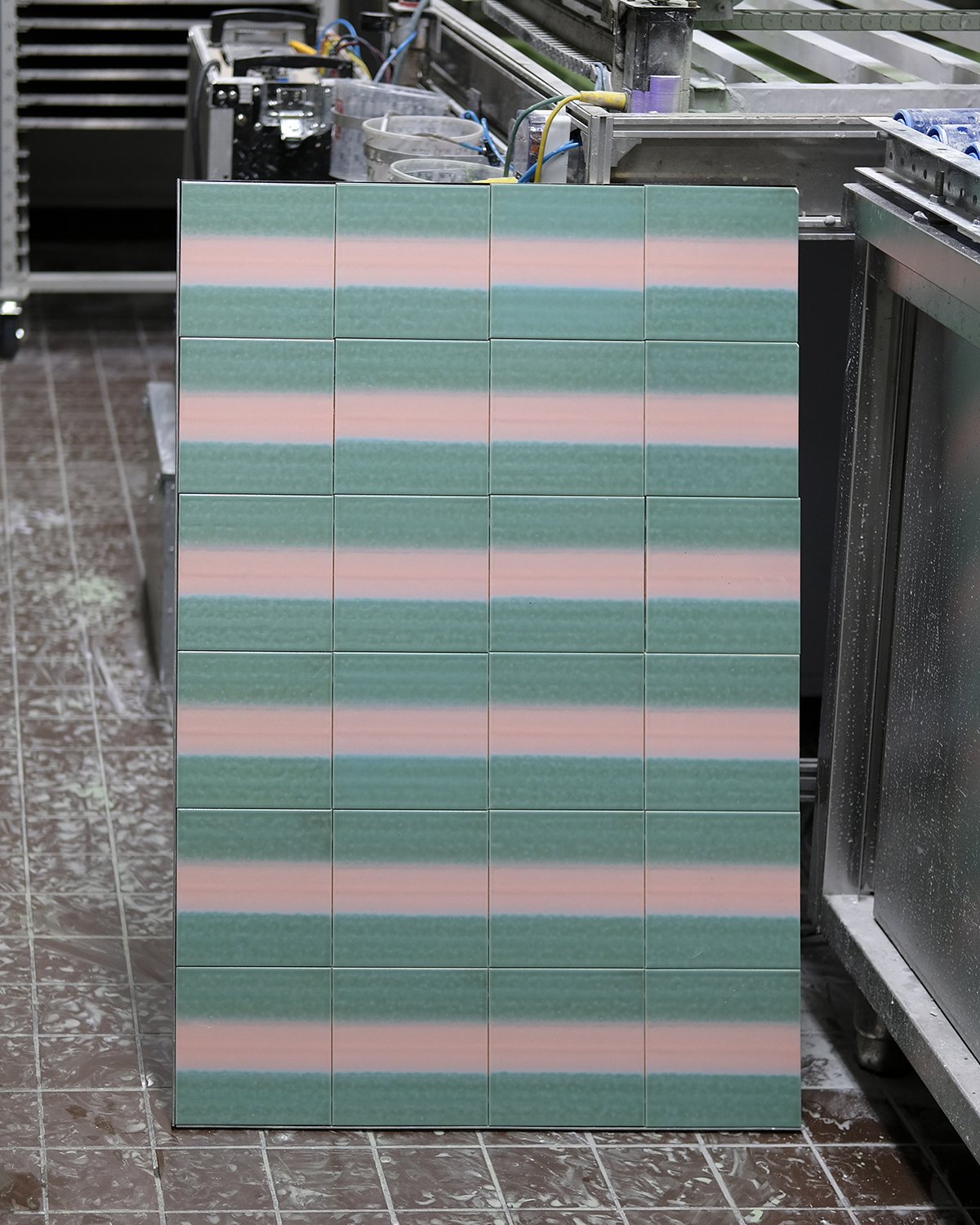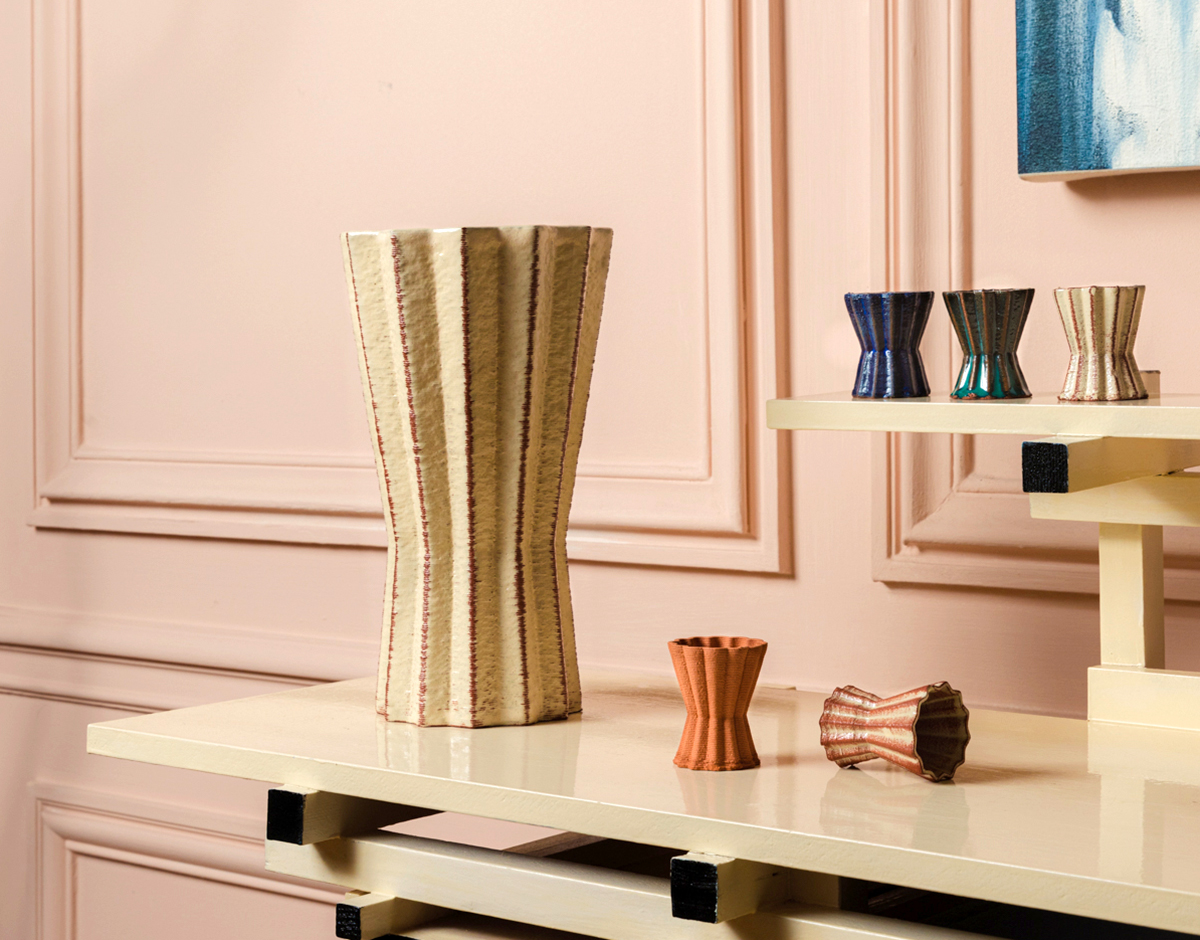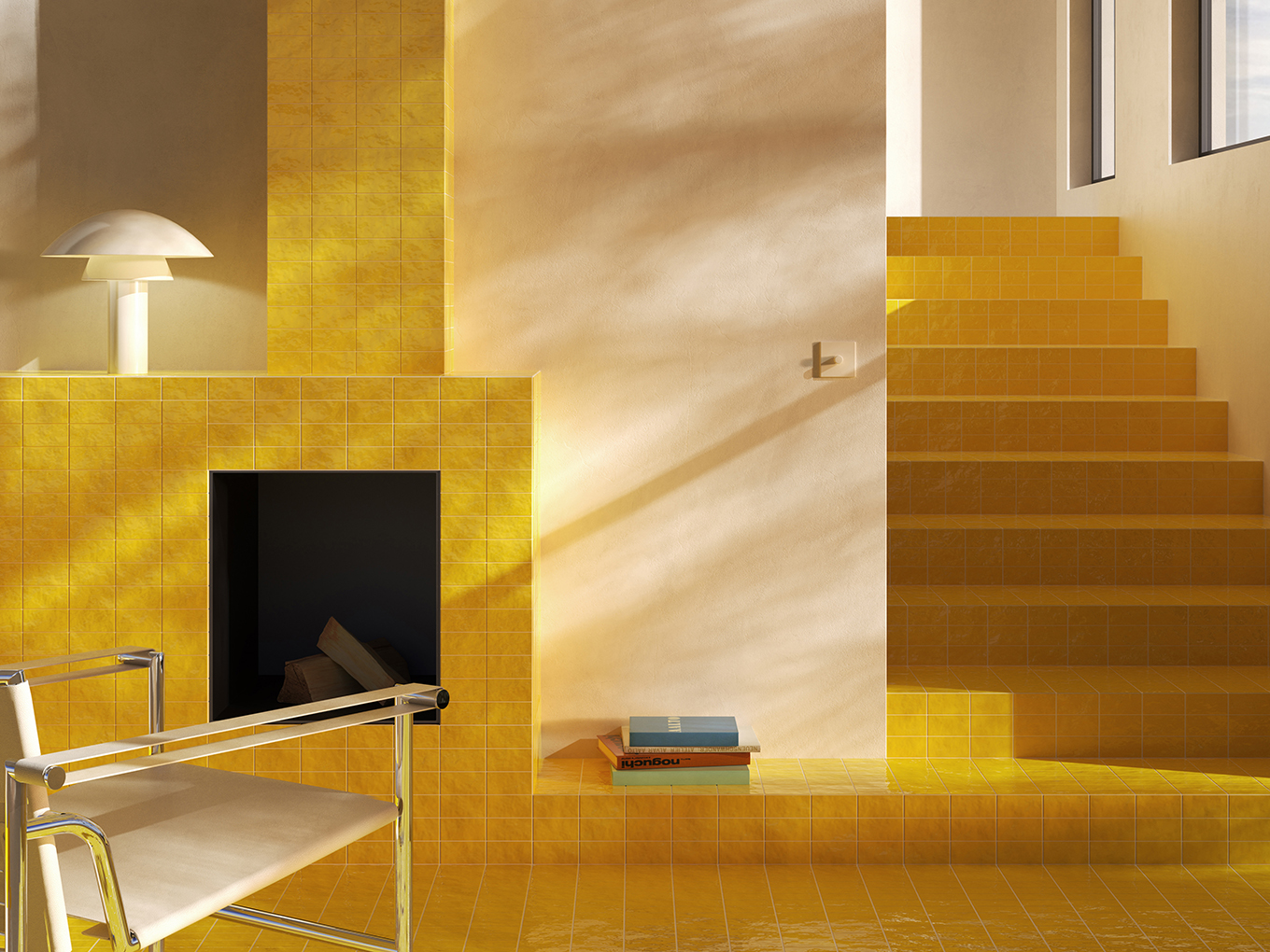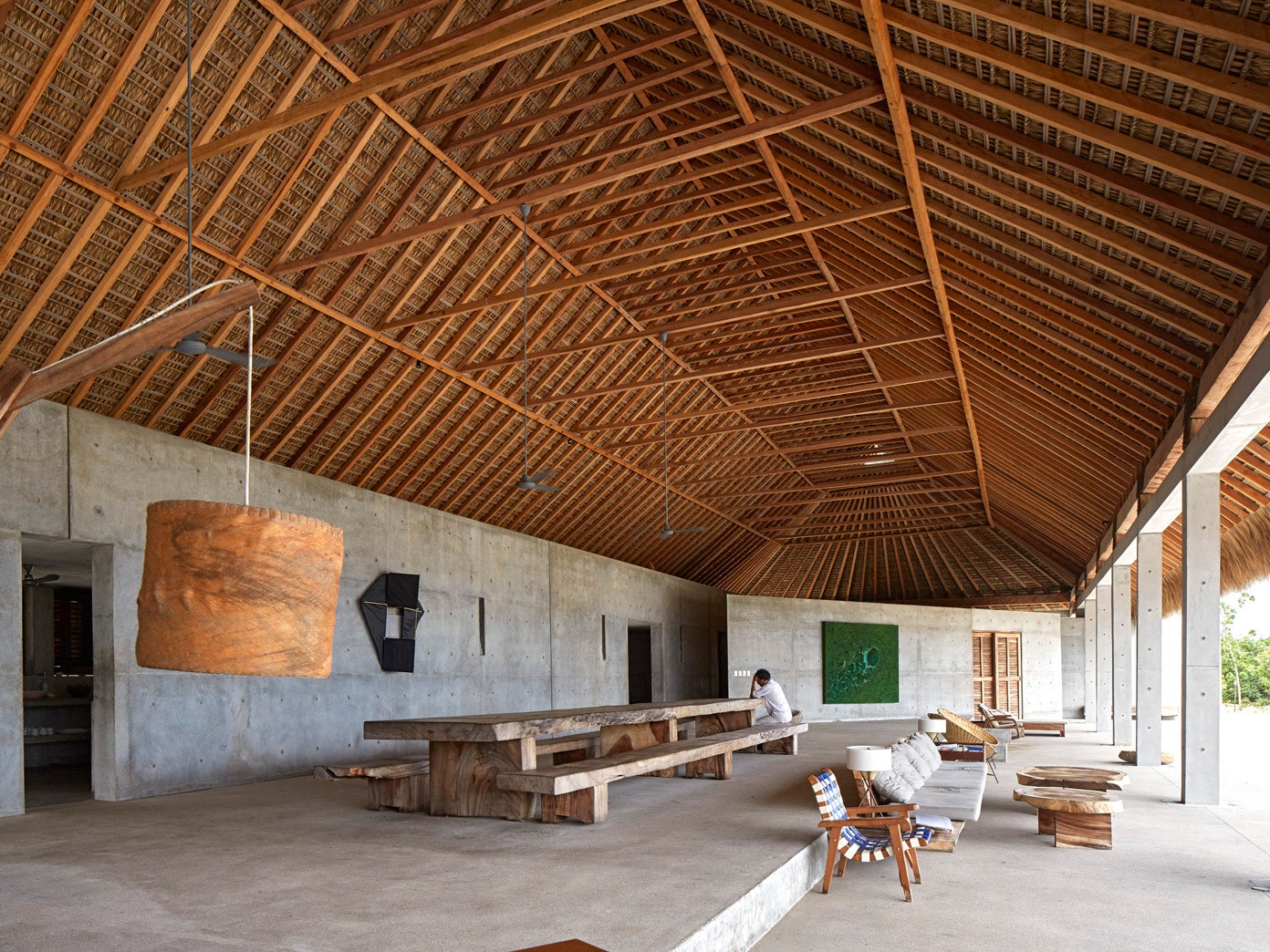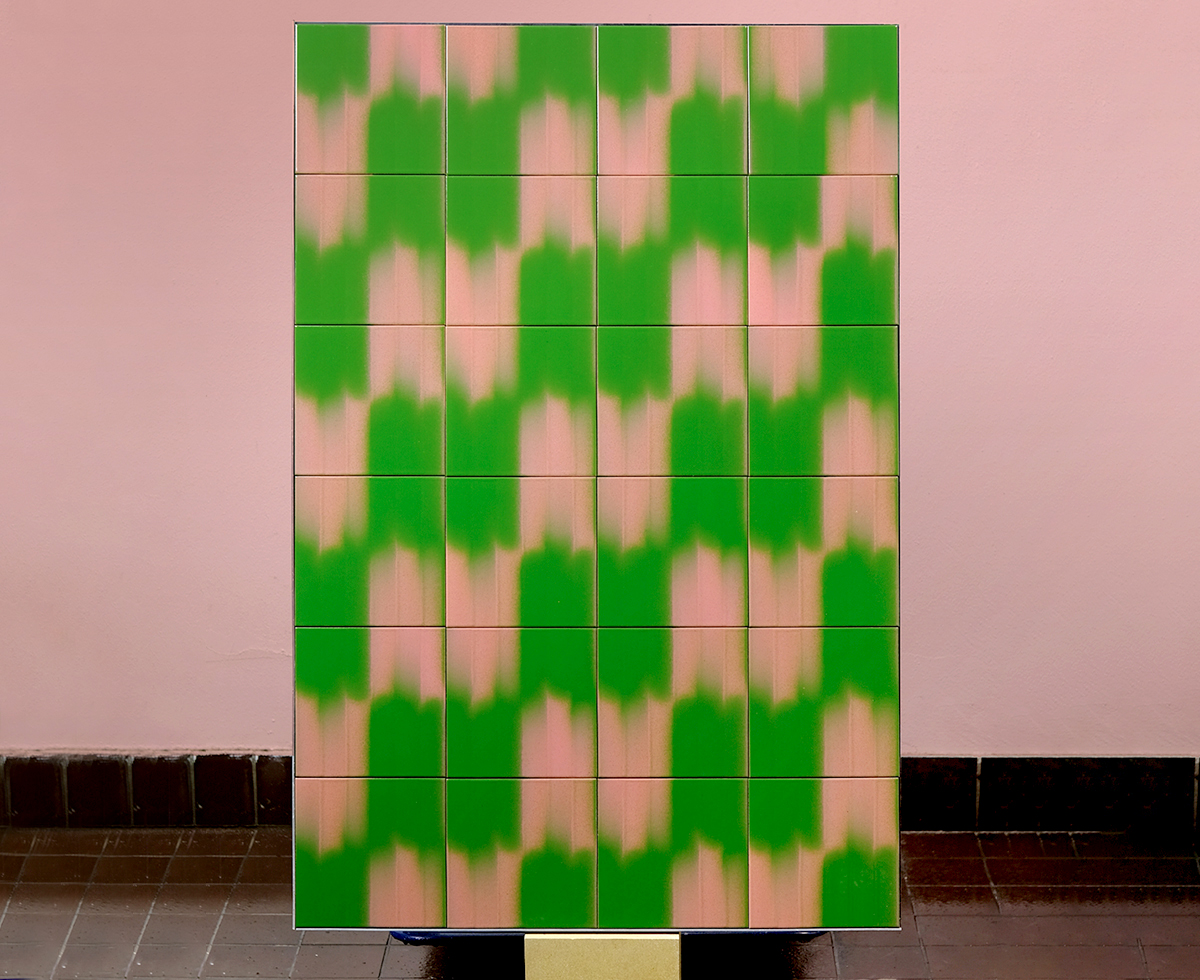
07.11.22
Q+A
Meet the Duo Making Psychedelic-Patterned Ceramic Tiles With a Machine They Built Themselves
Back in 2017, best friends Gilles de Brock and Jaap Giesen were each working as freelance graphic designers outside Rotterdam when Gilles had a flash of inspiration: Having already applied his aesthetic to rugs, he wanted to tackle even larger surfaces, by making patterned ceramic tiles. Only problem? Neither he nor Jaap — who, curiosity piqued, offered to join him in the endeavor — knew anything about making tiles. Or anything at all about ceramics, for that matter. What’s more, very early on the pair figured out that the only way to add patterns to tiles in a scalable way was to apply the glaze by machine, and that the only way to achieve a greater depth of color than digital printing offered was to invent their own machine — something they, once again, knew absolutely nothing about. Driven blindly by passion for the idea, they spent more than three years developing their own CNC glaze-printer, and accommodating its peculiarities within their design process, until they were finally able to launch Palet tiles earlier this year, offering an array of customizable tiles in bold colors that feature a signature psychedelic ombré look.
While they’ve only technically been in business for six months, they’ve already outfitted an Ace & Tate store in their tiles, as well as a Korean fashion boutique and a few restaurants and bars, with many more on the way. They also have a growing throng of Instagram followers who delight in seeing what new patterns and configurations they’ll come up with next, inspired along the way, they say, by the work of artists like Sean Scully and interior designers like Shawn Hausman. After first discovering their work on Instagram ourselves, we reached out to them to find out how two graphic designers became a tile factory, and all the trial and error it took for them to get there. Read our conversation below. 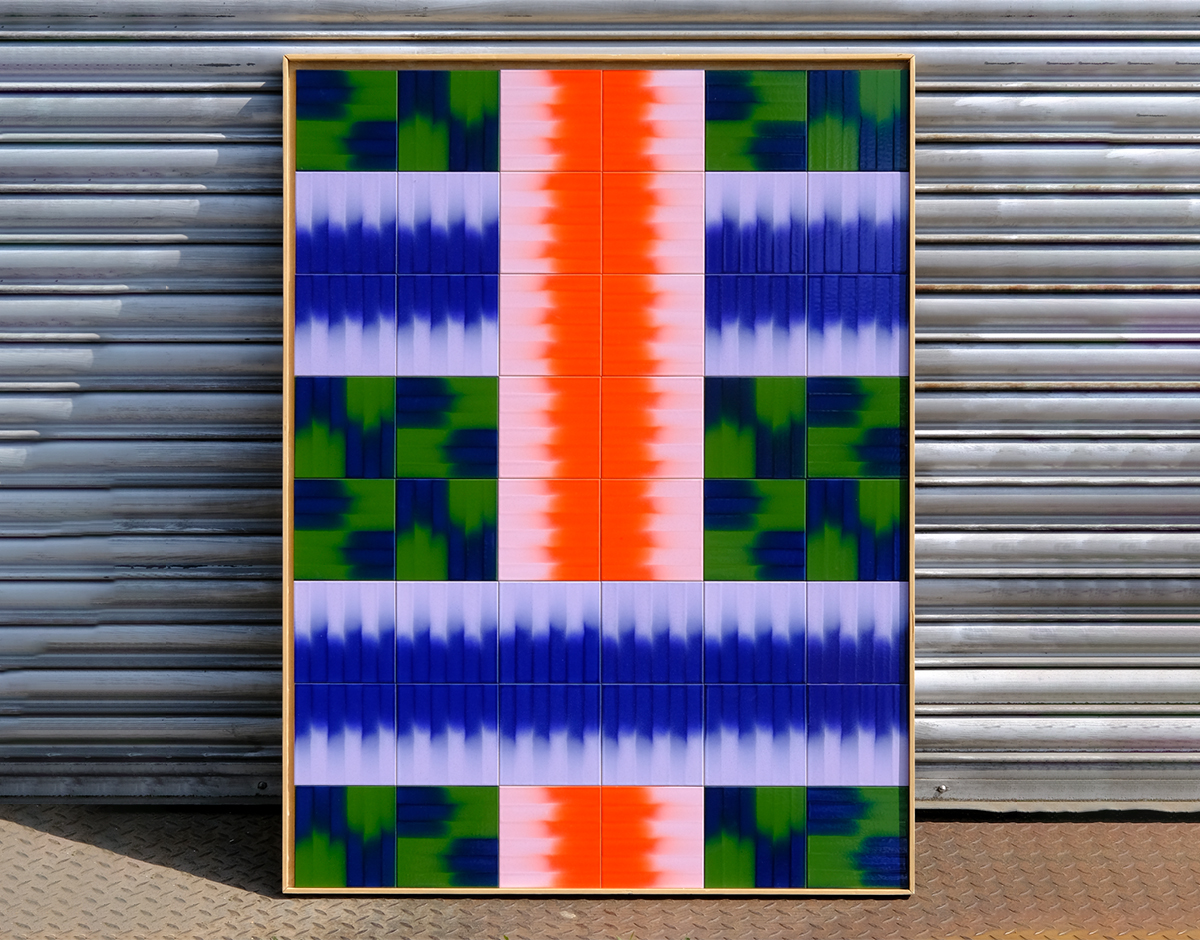
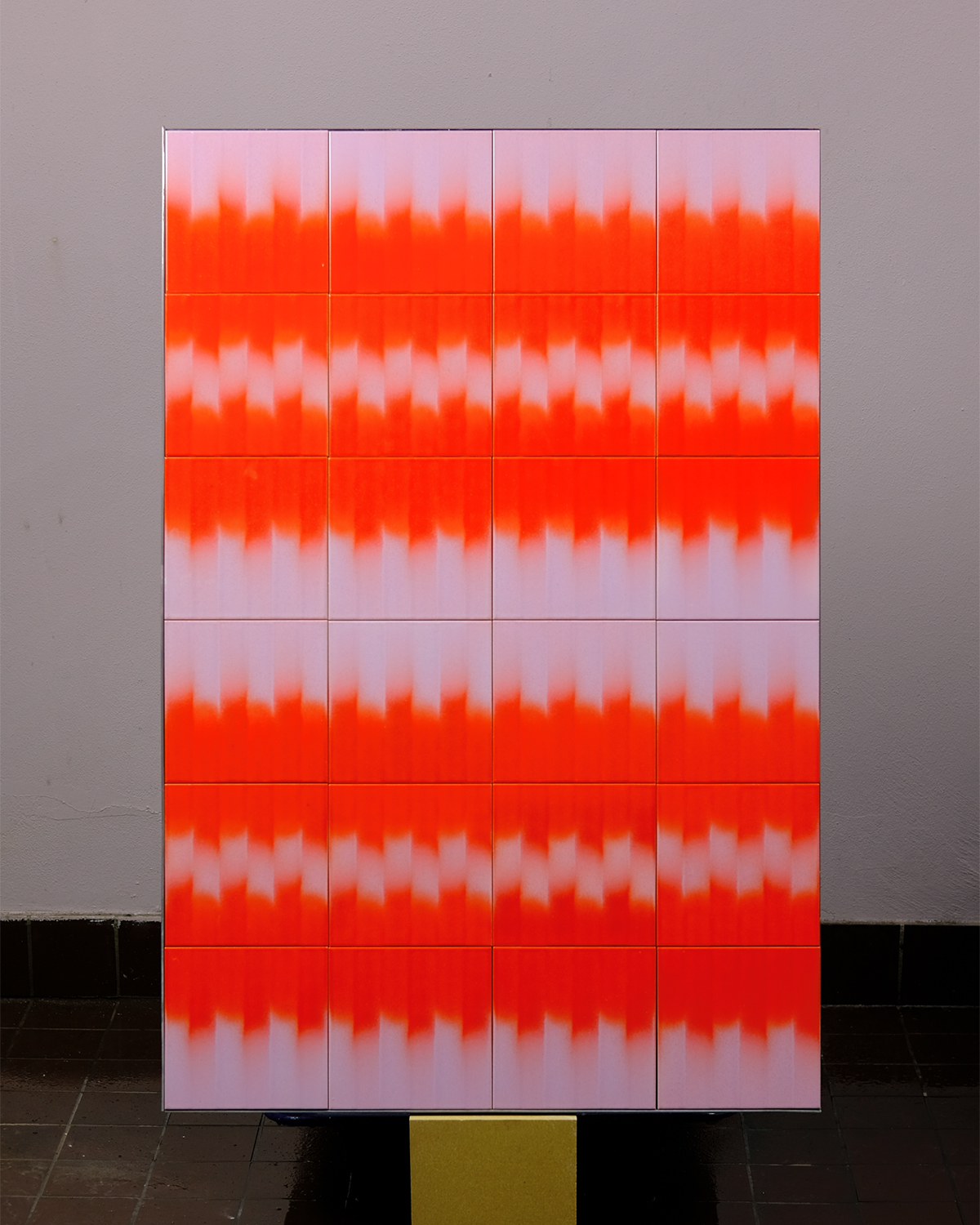
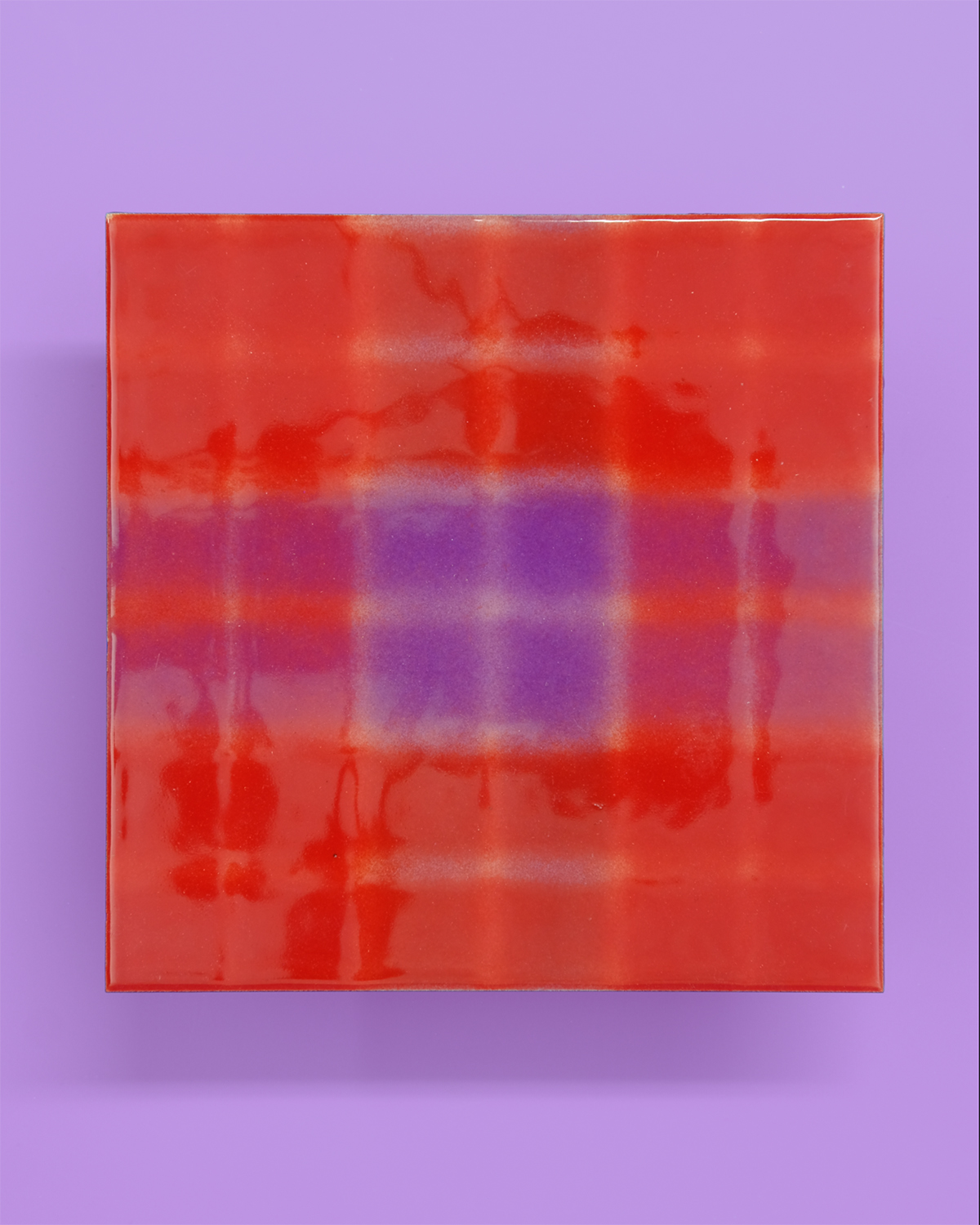
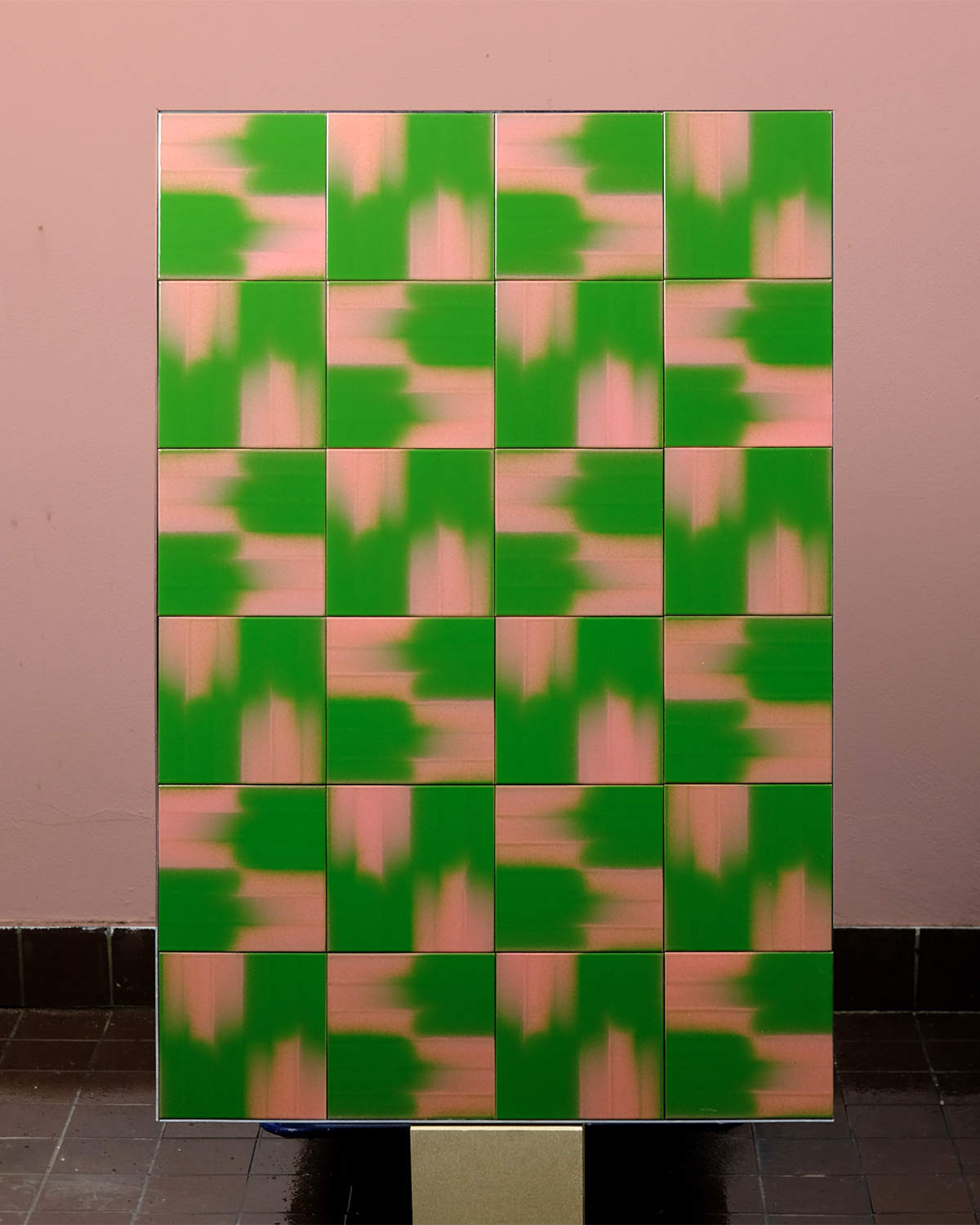
You guys spent years developing the production process for these tiles. How did you get so fired up about this project?
Gilles: Palet was an extension of what was essentially my project, initially. I started making tiles, and Jaap was enthusiastic and shared the dream of becoming a tile factory. From that moment on we started working towards that. The project essentially started in 2017, when the idea was born to build a machine that could print glaze on tiles. I did a residency at Arita in Japan, where I went to learn about ceramic glaze, but at the end, Jaap came to Japan, because we’re also best friends, and that’s when we said okay, this is gonna be it, let’s figure out how we can do this.
Jaap: Our shared interests and our respective work experience all came together in this crazy opportunity. We were both confident that this was something special, something we’d never seen before, and that it could work.
But how did you go from being graphic designers all day to wanting to make tiles all day?
Gilles: We both had a different way of getting to the point of okay, we want to make tiles. For me, near the end of my graphic design career, I was making carpets, so I was already translating my visual aesthetic to a product or surface that could then be applied to an interior. I really grew to like that aspect, so then it was like, what other interior surface products are available? I had seeen cermaic glaze at the hobby store, the bright colors and swatches they had, and I’d always liked them.
Jaap: For me it came more from the furniture- and interiors-related projects that I had been working on for clients. So our interests naturally blended together. And we were already best friends, so we talked every day, lived around the corner from each other, and always knew what the other was doing.
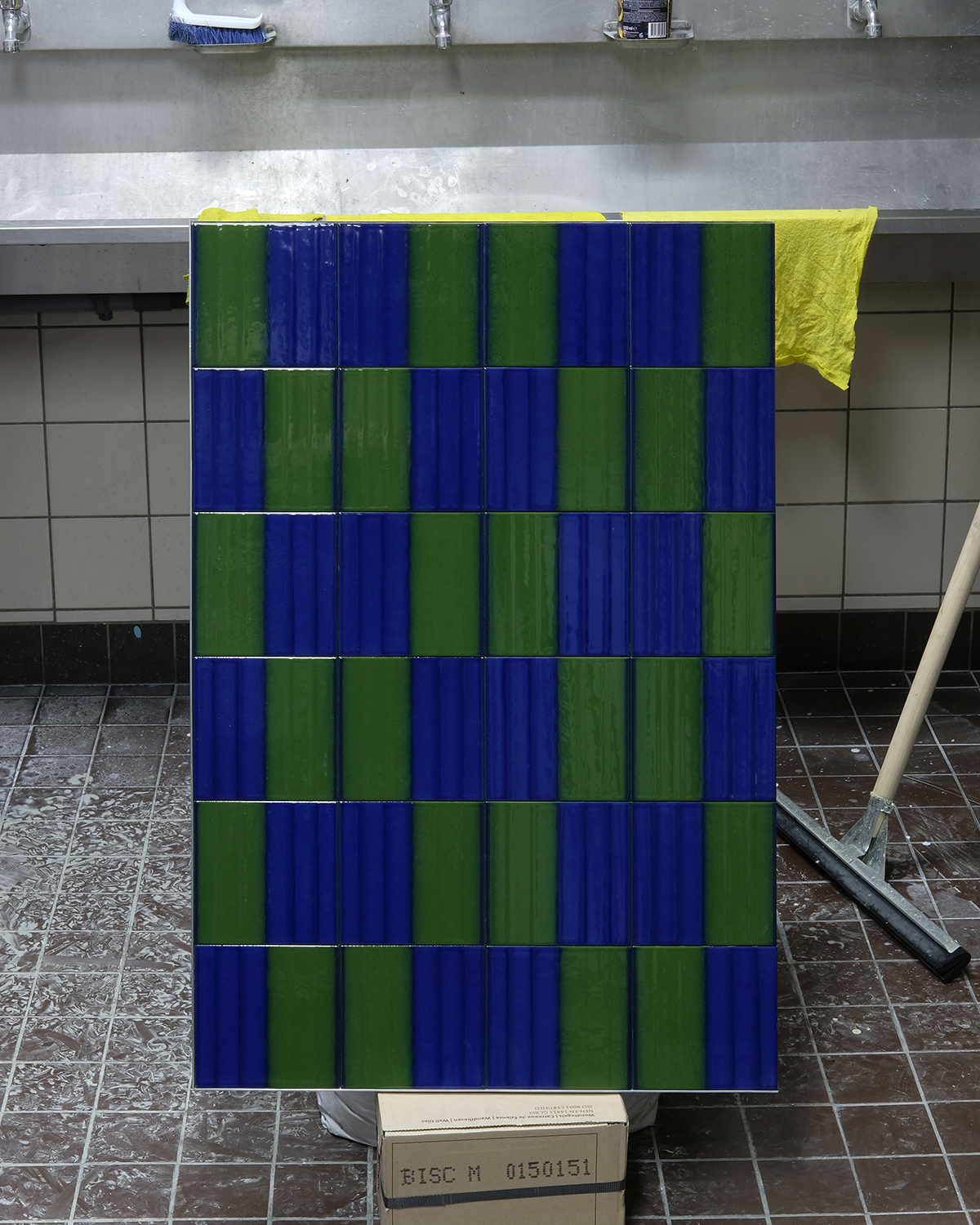
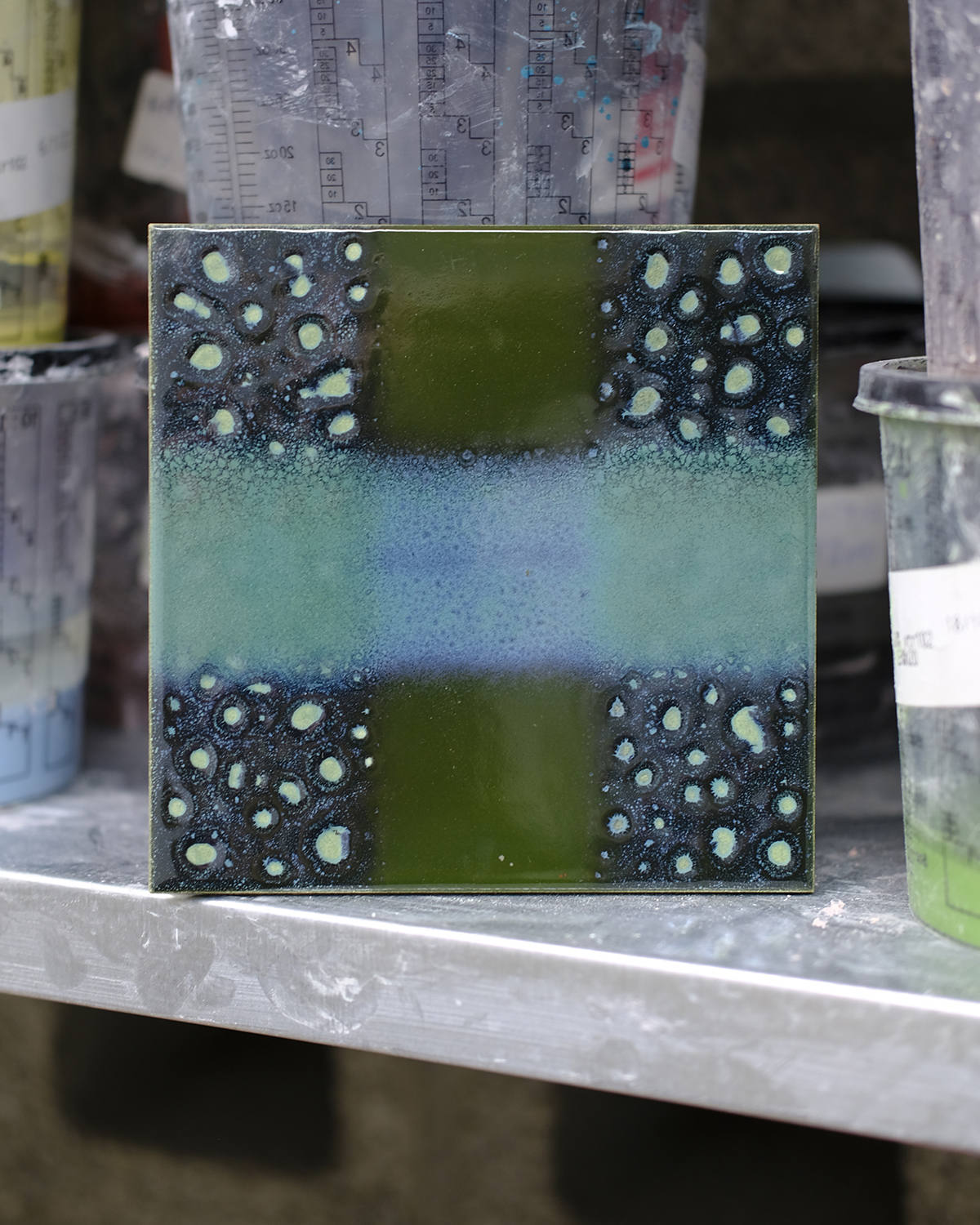
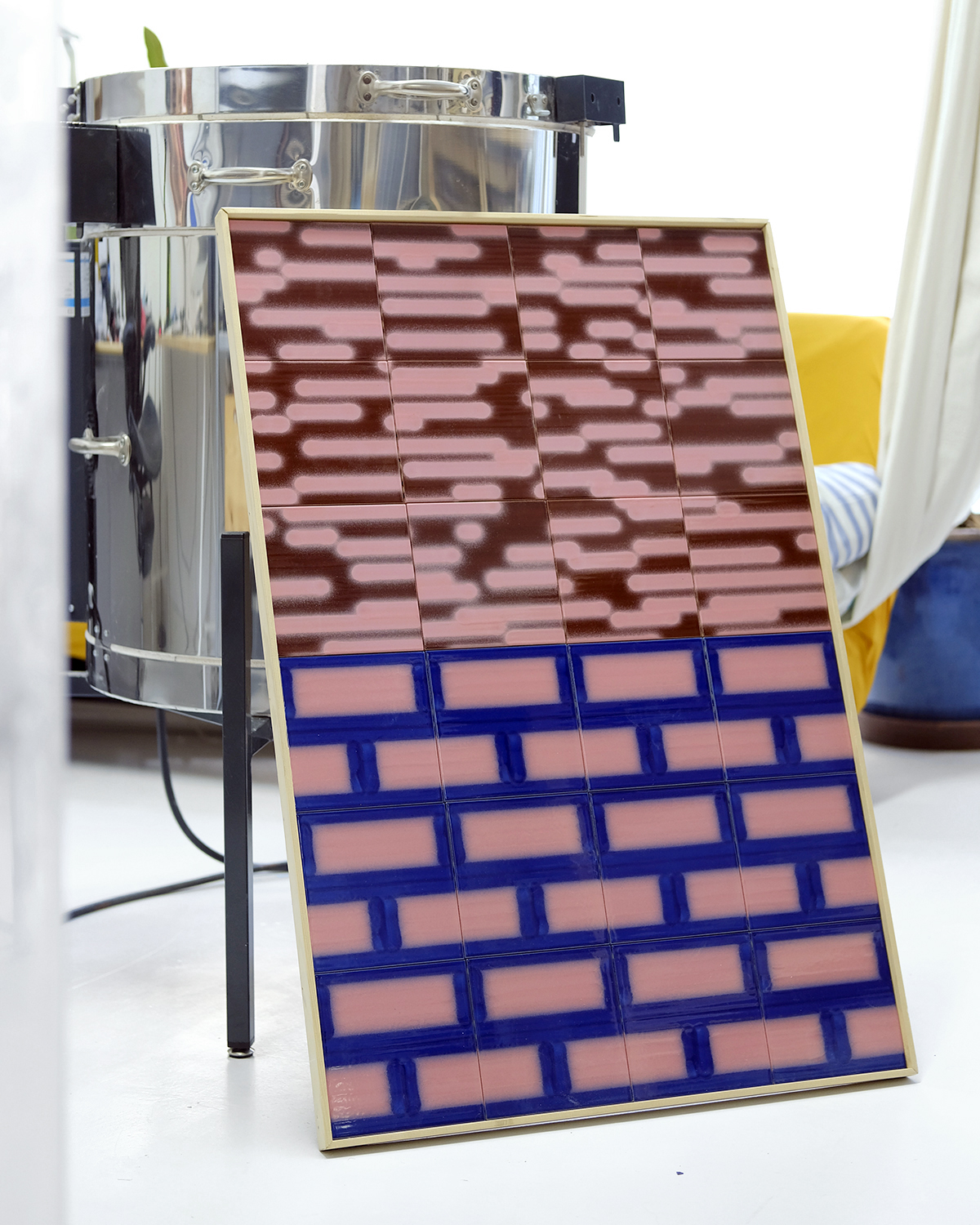
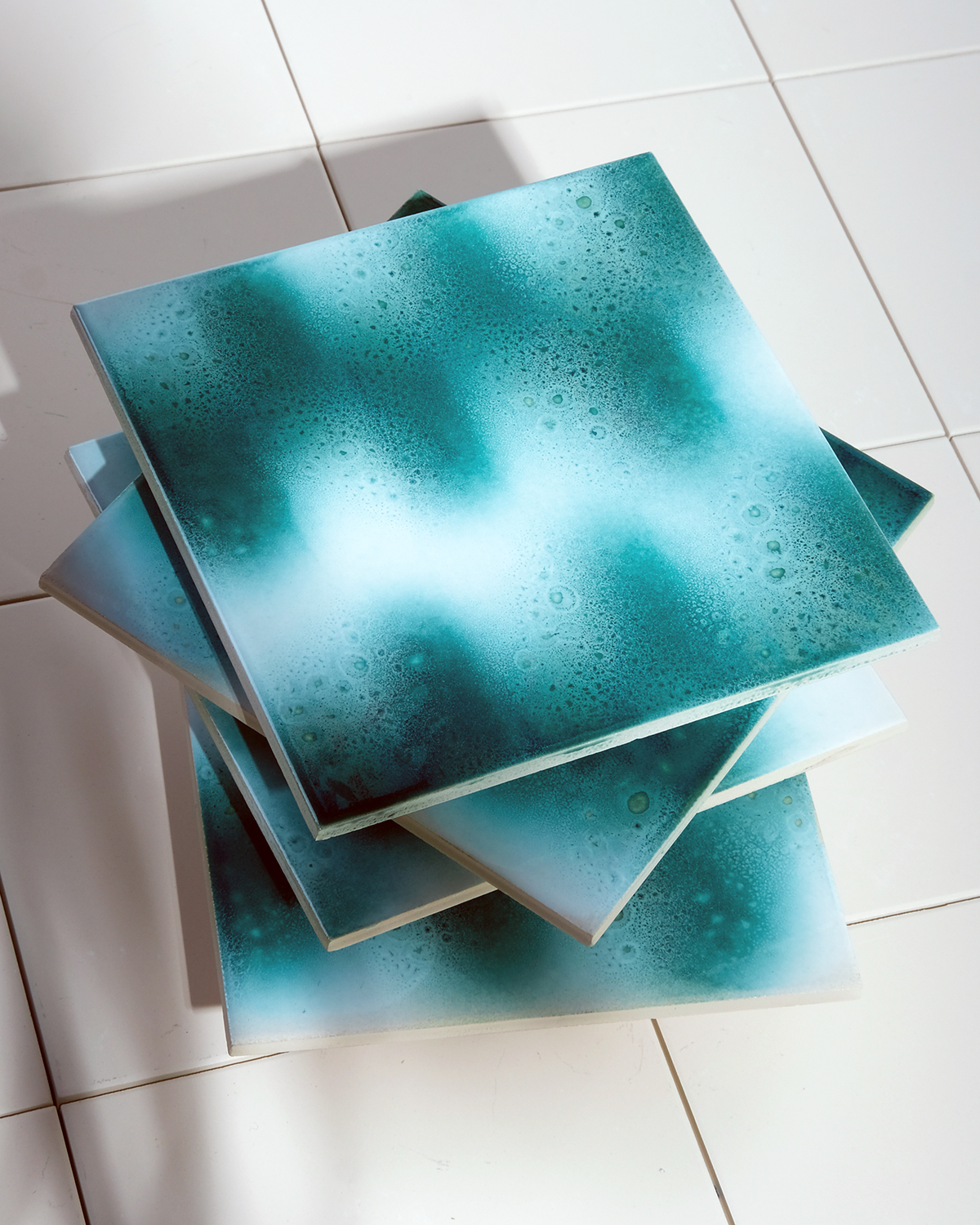
What has your learning curve been like since then?
Gilles: I immediately started working full time on the machine, which took three years to build, and has been in operation for the past year. We started by experimenting with ways of applying glaze to tiles. Quickly we knew it needed to be ceramic tiles, not cement, but we had no idea how we were going to apply the glaze. We tried using airbrush guns, then we started spraying the glaze on, which developed into the system we use now. We both had no experience with making machines, and didn’t know anything about ceramics either. We didn’t know anything about engineering a printer, or writing software to control it. That’s why it took so long.
Jaap: We had enough knowledge to know we could do it, but we didn’t know where to start.
Gilles: We did try digital printing at the beginning, but it’s a thin layer that’s not even ceramic glaze, so you don’t get the deep, vibrant colors of a real glaze. You can silkscreen, but it’s still just a thin layer and doesn’t achieve those densely colored layers. So that left hand painting as the only option, but learning a physical skill like that — to the degree that you can really control it — wasn’t of interest to us, so we knew it had to be a machine. We both had experience with laser cutting, and figured if you take the laser off and replace it with an airbrush nozzle, theoretically you could print ceramic glaze on tiles. The first machine we built in the basement of my house, where we both couldn’t stand up all the way, and we weren’t fully aware of all the toxic materials we were spraying in the air. The one we use now is a far more advanced version, where every part of the machine has had 20 iterations. It’s essentially the same machine, but better — it used to be a Lada and now it’s a BMW.
Can you explain more about the process of how the tiles are made now, and how you developed the design of the patterns?
Gilles: Every tile starts as a 6×6 pixel design in Photoshop, and those pixels have to be translated into the movements of the machine. In order to make large tiled surfaces, we needed to make those movements as efficient as possible. Our design process really arose through that process of building the machine and reflecting on how it creates. We created the tile designs in the back and forth between us and the machine. This only works because we played the role of engineer and designer at the same time. The aspect of it needing to be affordable helped make so many decisions for us in terms of the design. We were constantly battling with that. But we also needed it to look good. That’s what took the longest to figure out.
The first tiles we made, the machine printed color A, then moved to another spot to print color B. We lost a lot of time whenever the machine had to stop spraying in order to pick up and move to a blank space to start spraying another color. Printing only with gradients helped solve that problem, because the machine can change colors seamlessly, and it only has to go over every part of the tile once. That makes the printing process nine times faster. When we started doing this, we spent all day doing one or two square meters a day, sweating in the basement. Now we can easily make more than 100 square meters in a month.
We knew it would be drastic move to add gradients everywhere. But we also knew it would be really different, something you don’t see in other printing methods. Now, in most of our designs it’s a very big feature. In the tile industry they don’t do it like this; if you were an engineer and designed this machine, you’d be fired. In essence it’s a super low-res inkjet printer, more or less. But because we’re designers, we can look at this machine, adapt to the limited amount of things it can do, and try to design around that. In the tile industry what’s most common now is digital printing. It’s a very different aesthetic.
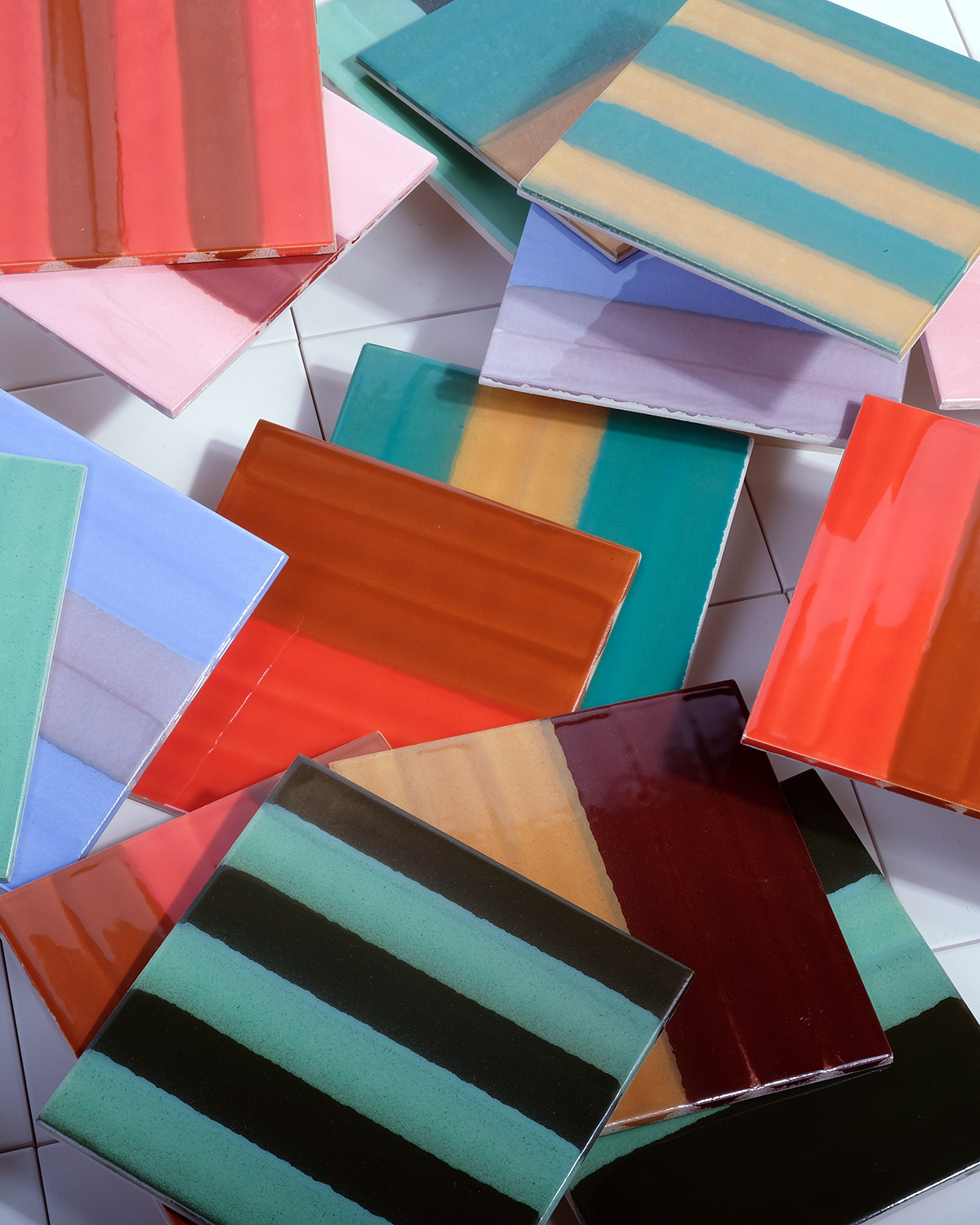
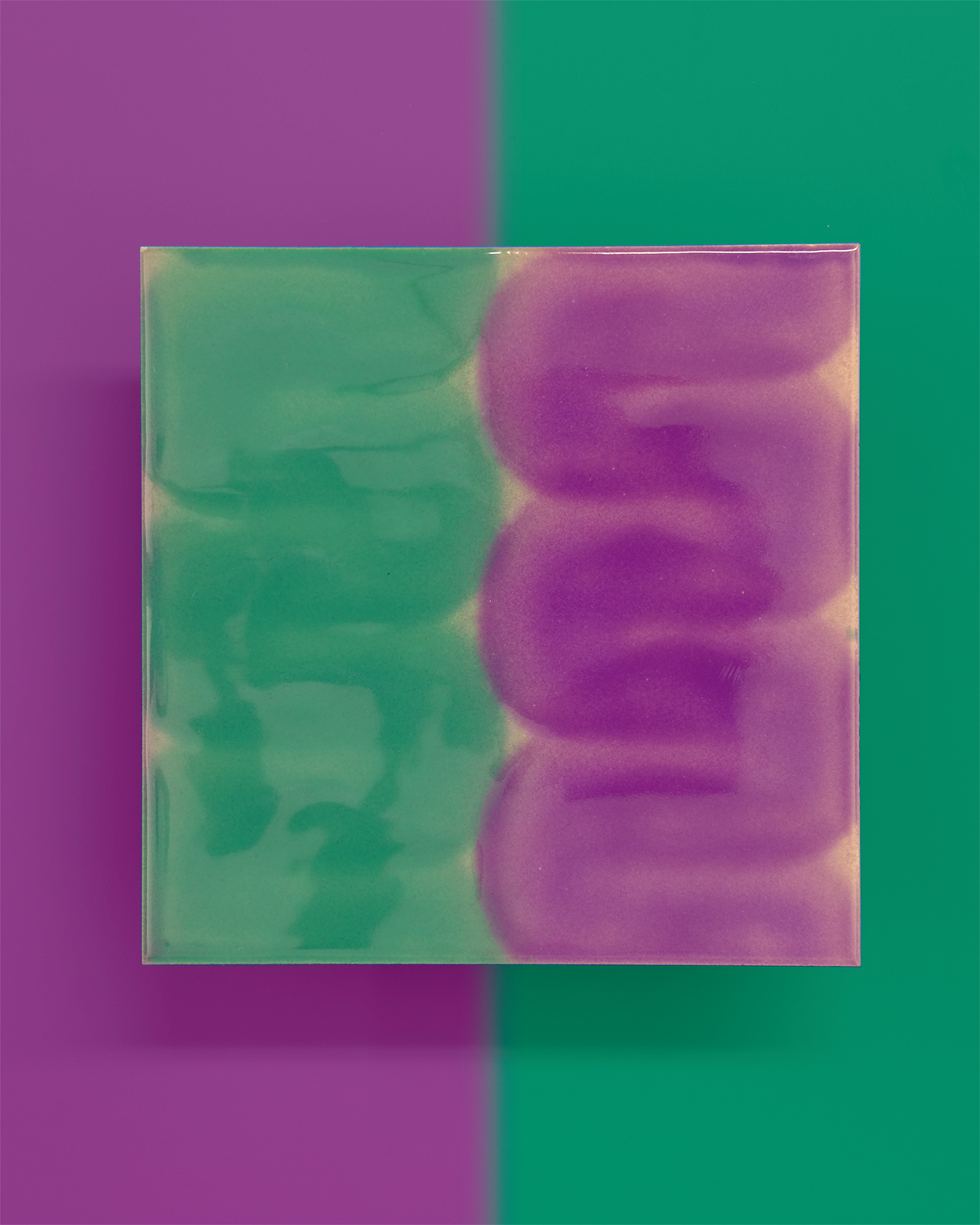
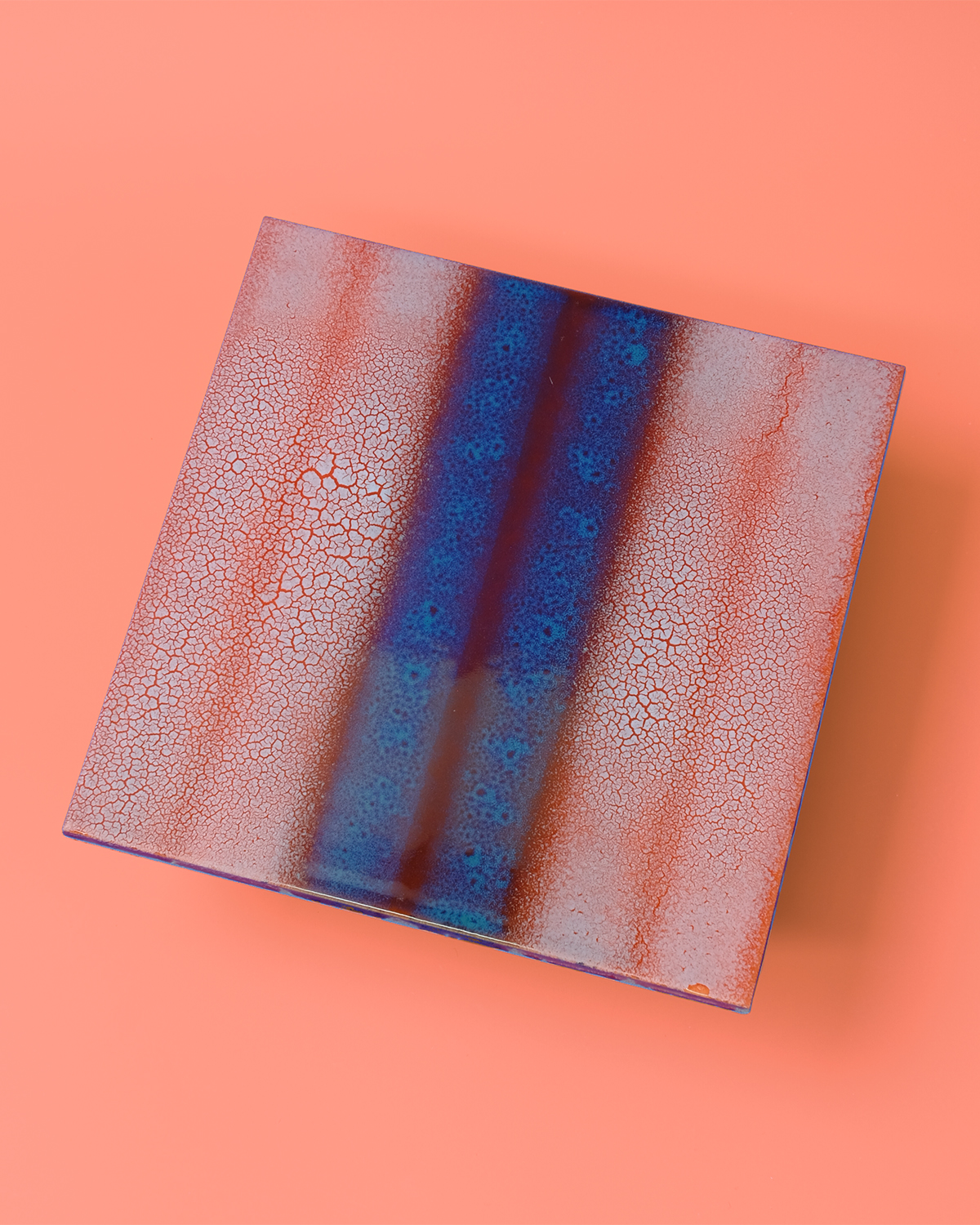
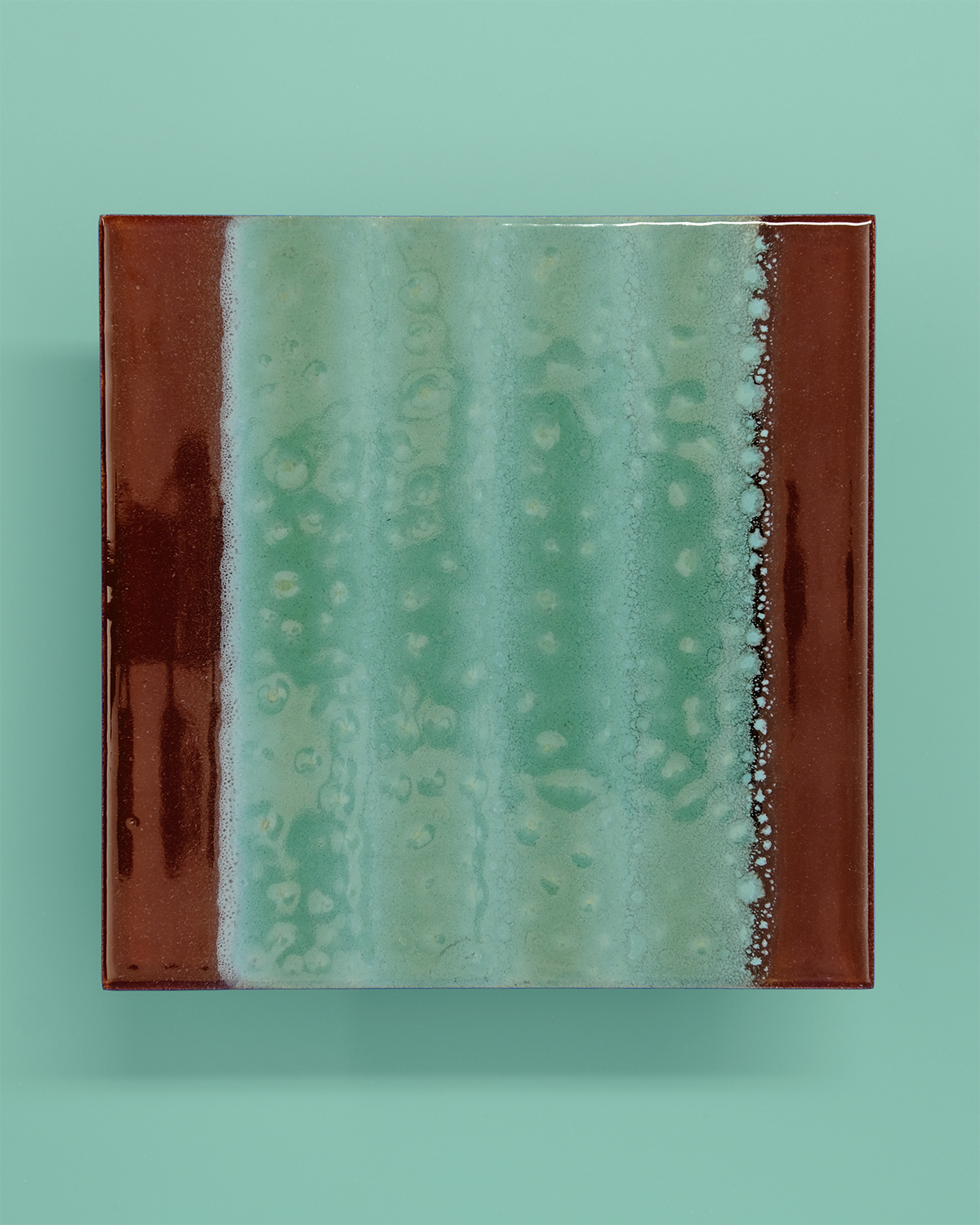
What about your clients — who have you been working with now that you’ve been up and running 6 months?
Jaap: One of the first projects we did was in collboration with Rotganzen, a nice restaurant in Rotterdam. Then Ace & Tate approached us, and we did a store for them in Brussels, and now we’re building a second store in Berlin. We’re also working on a store for Yeseyesee in Seoul and a lot of smaller restaurants and bars. Friends of ours are starting a bistro, and a natural wine shop. They’ve seen the process from the beginning — early on they were laughing at us, and now they’re buying our tiles.
Gilles: The great thing about us is, say Ace & Tate tells us what colors they want, we can send samples the next day. And typically an order comes in and we ship it out in two weeks, which makes it attractive for interior companies to work with us.
Jaap: We have a set of patterns you can pick from, and 50 different colors, and from those options you can design your own tiles basically. But if you don’t like the standard glaze options we already picked, we can custom-develop a unique glaze for you. We can develop unique color combinations already starting from 1 square meter. That’s one of the most unique aspects of our production process — we can do it easily and rather cheaply. For a more basic product our tiles are quite expensive, but for a design product they’re rather on the cheap side.
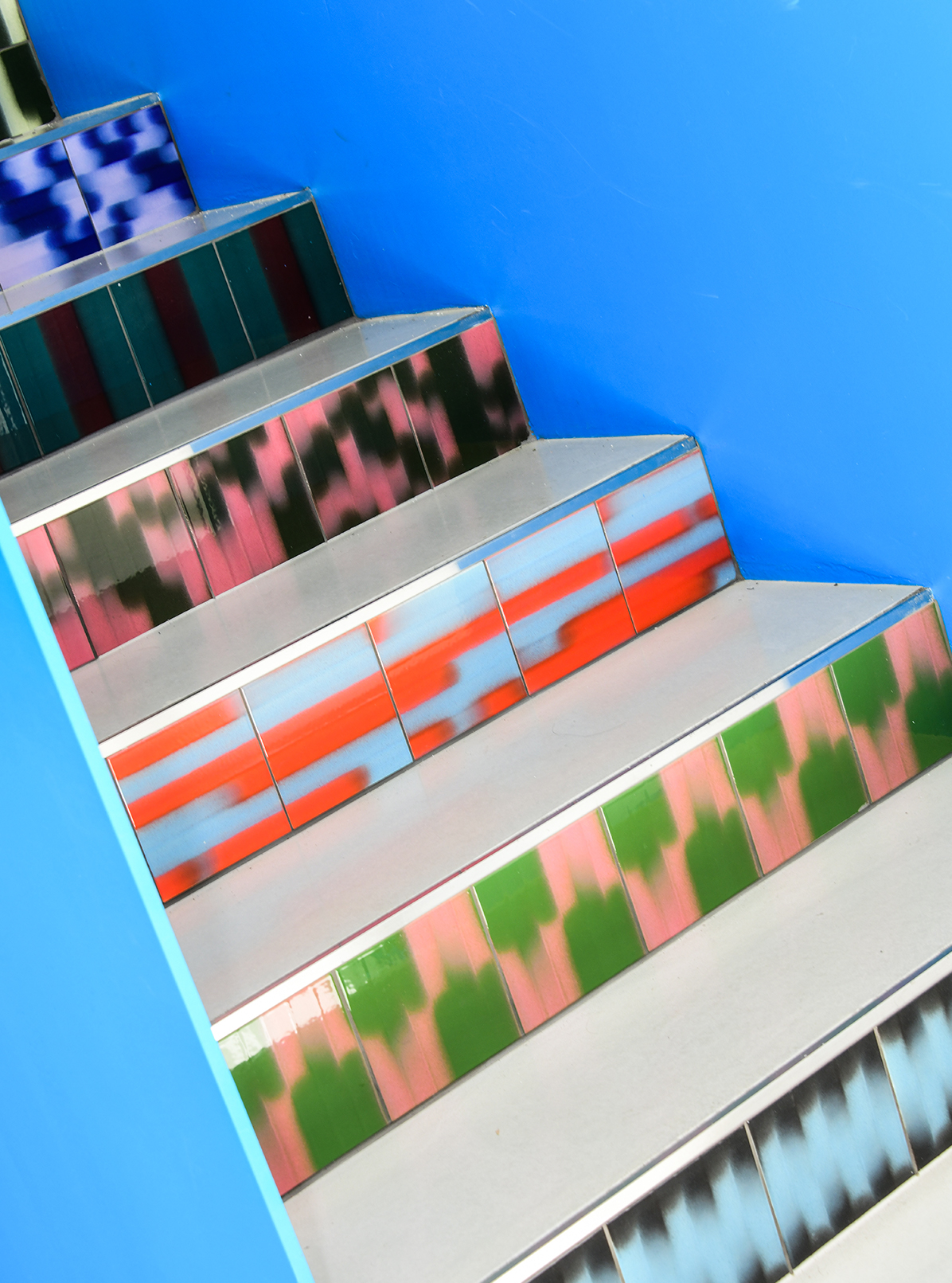
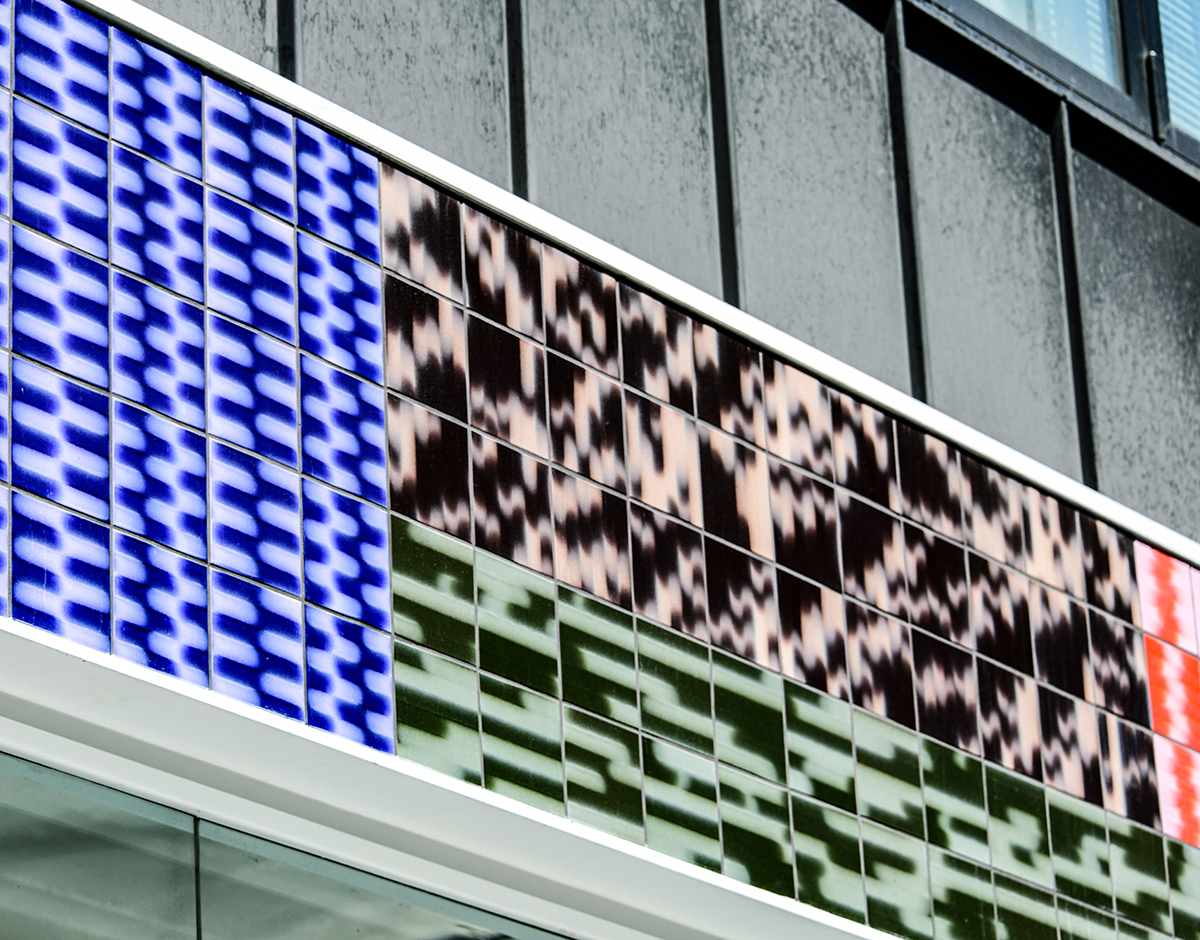
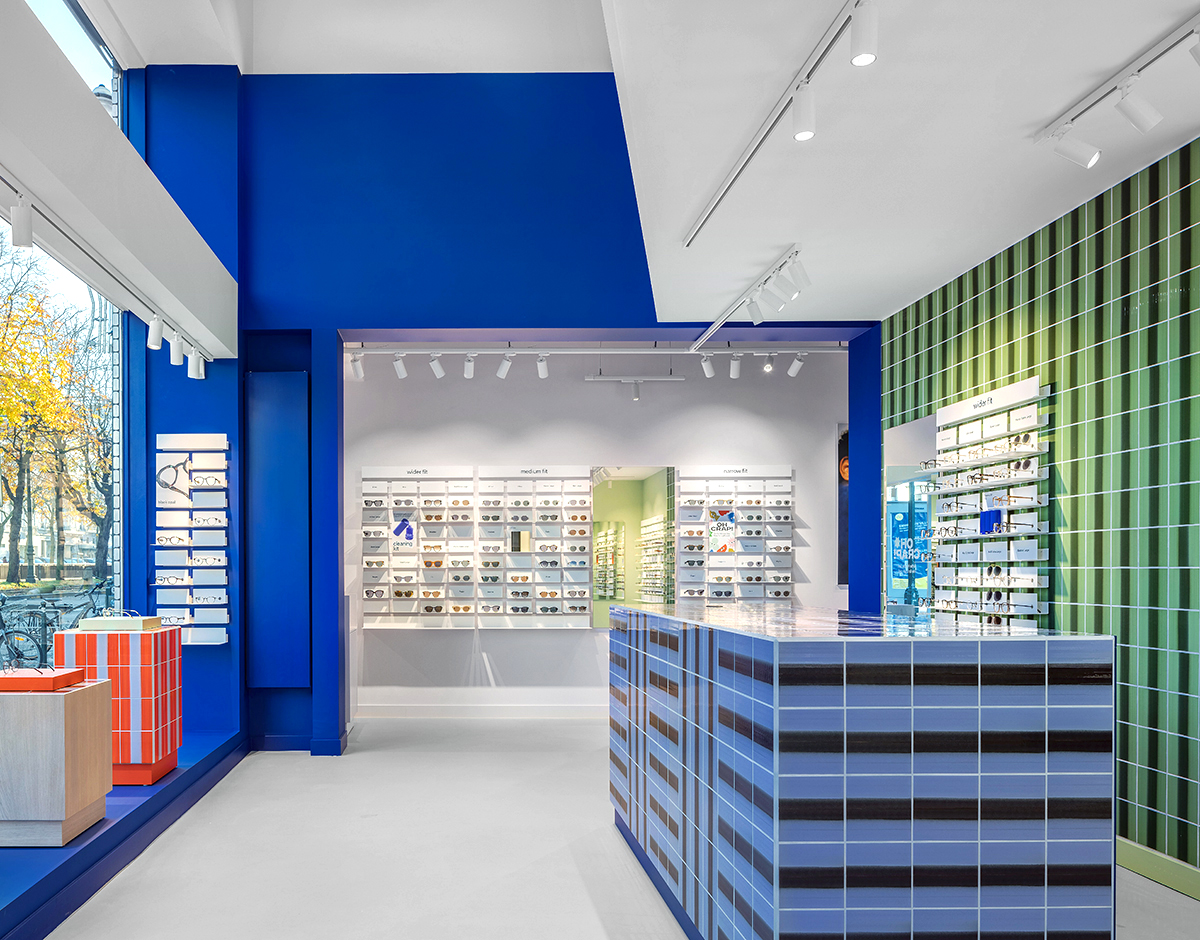
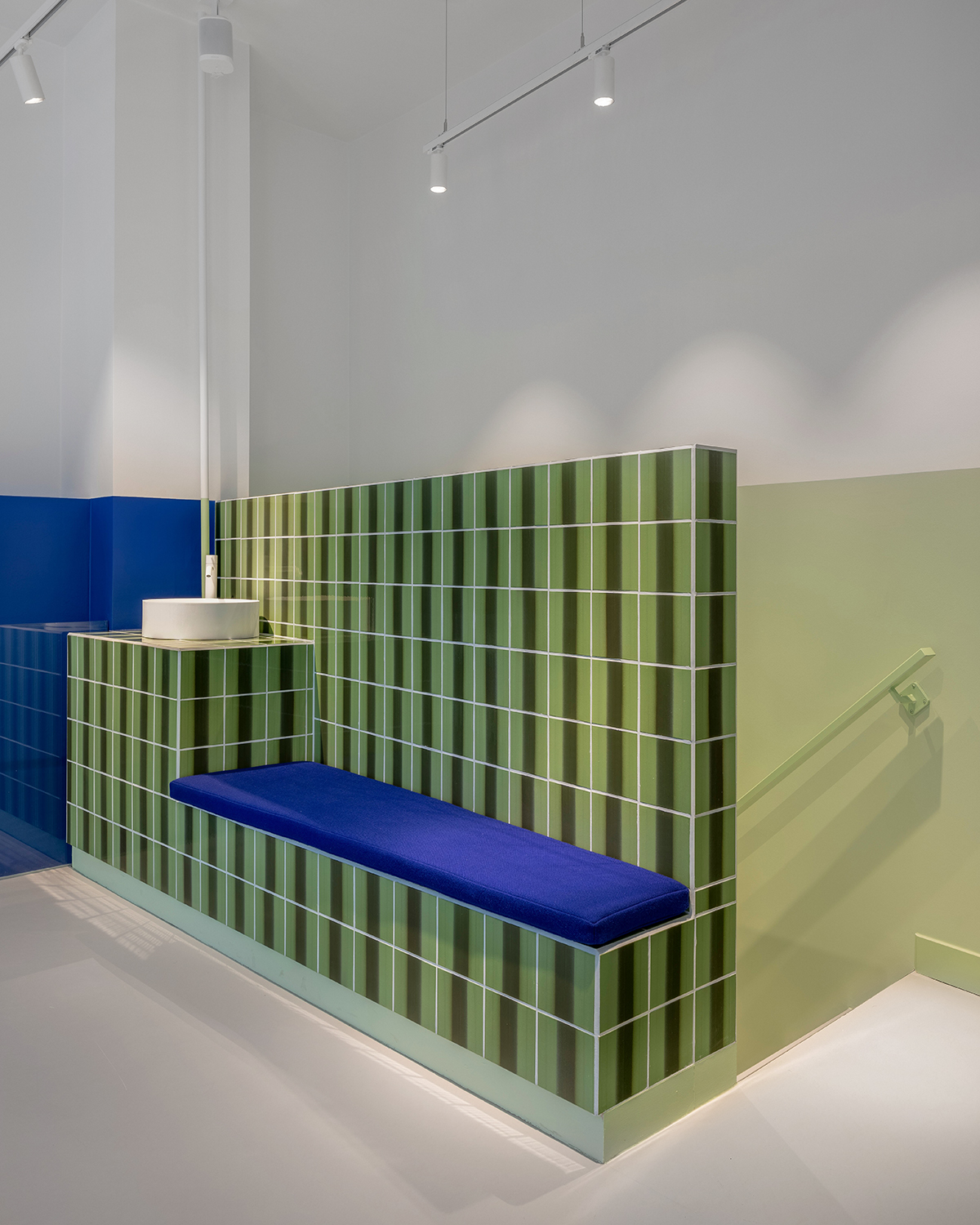
Is the goal now just to scale up your current production until you’re making, say, 500 square meters a day? Or do you have other ideas in development?
Gilles: The main limitation of this machine that it’s limited to this specific type of tile. So we’re trying to think beyond this first machine and think of other machines that can do a similar thing, but add different designs, and different tile products. We’re also inspired by interior or façade products.
Jaap: We’re really looking into the facade industry. A lot are quite basic and boring at the moment. We think we can make something interesting out of these elements.
Gilles: That for me goes back to how we started making tiles. When we started, we wanted to make giant walls inside hotels and metro tunnels. But we never knew there were exterior products made of ceramic. When you’re not in this business, you don’t walk by a skyscraper coated in ceramic cladding and think hey, that’s a sexy product. So now besides doing ceramic walls, we want to start working towards doing exterior cladding tiles. The main difference is that the printing of our tiles depends on the absorbent quality of the base tile, because we spray wet glaze on there, and it needs to absorb and stick. But exterior products can’t be moisture absorbent, because when they freeze, the moisture expands and they break, so when we try to spray them, the glaze becomes one big mess. So anything we do now doesn’t work on exterior tiles, but we’ll get there.
So how does it feel to have had this crazy idea and finally see it turning into a real business?
Gilles: For so long we were working in the dark trying to develop this process, not sure if it was going to work. And now we’re in the clear, and things are looking more optimistic than we thought they could be. We recently got orders to the US, and Australia, and Hong Kong. And clients are starting to order tiles in combinations we didn’t think about, so they’re starting to become part of the company in a way. They suggest something, we think, ehhh it’s not going to work, and then it comes out of the kiln and we’re like, that’s amazing, we’ll take credit for it now! This dream we had of creating a tile factory and doing this for the next 30 years, it’s now starting to seem like it can really happen.
When I look at all the traditional British tile factories — in the Netherlands there aren’t many left — I like to think that if we do it long enough, we’ll become traditional, where it’s not weird anymore. It allows for a craft company to exist again. Most crafts immediately mean insanely expensive products, whereas we fill this gap. Mass production took over, and everything hand-crafted is so expensive, but we exist in the middle somewhere. And I hope we can stay that way. ◆
